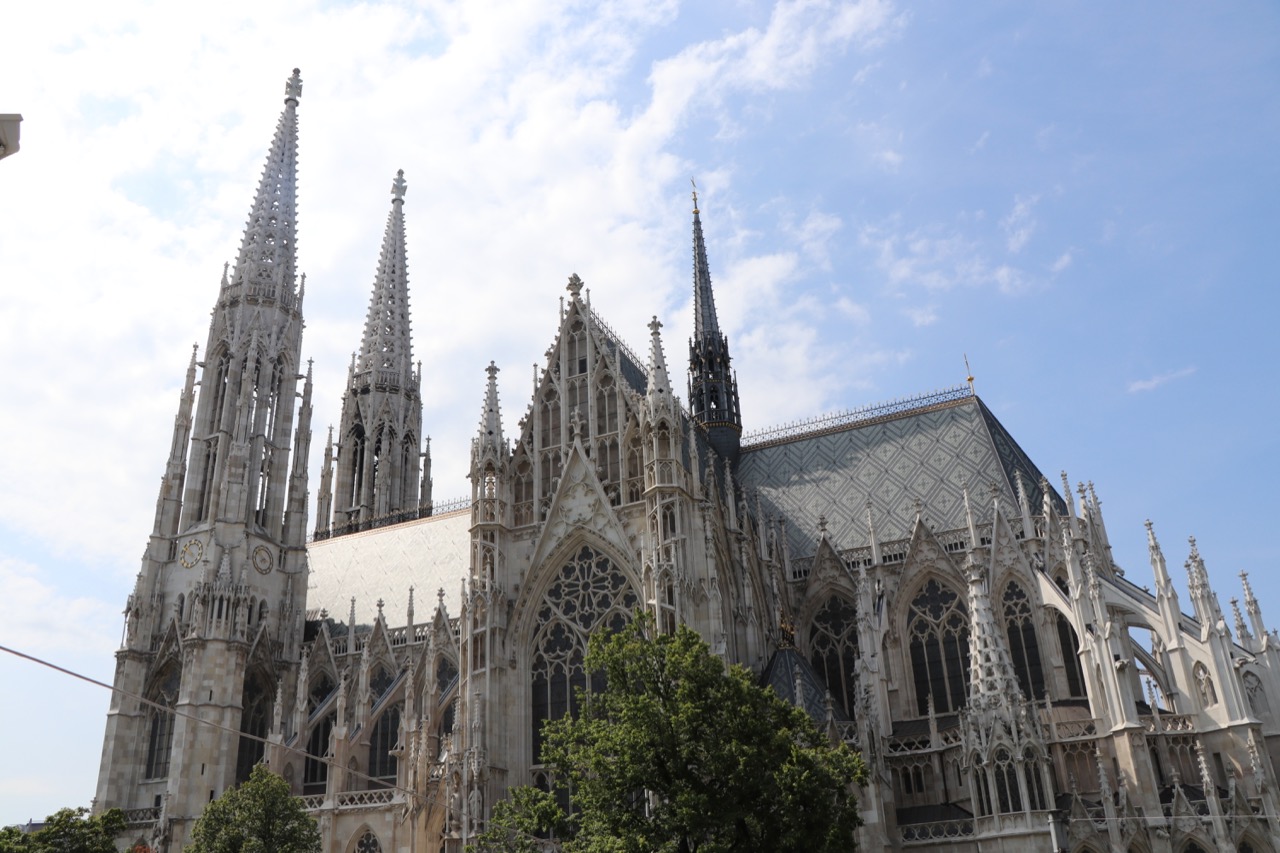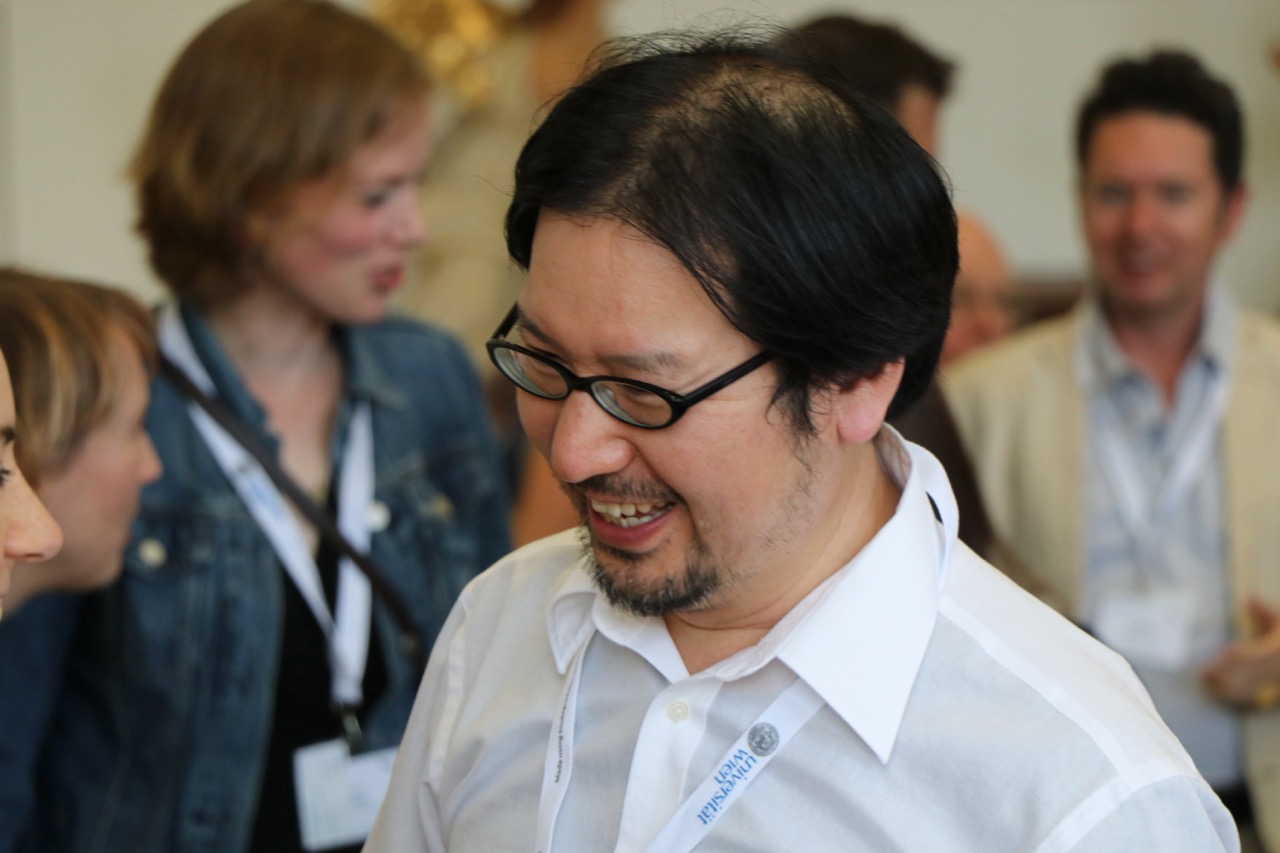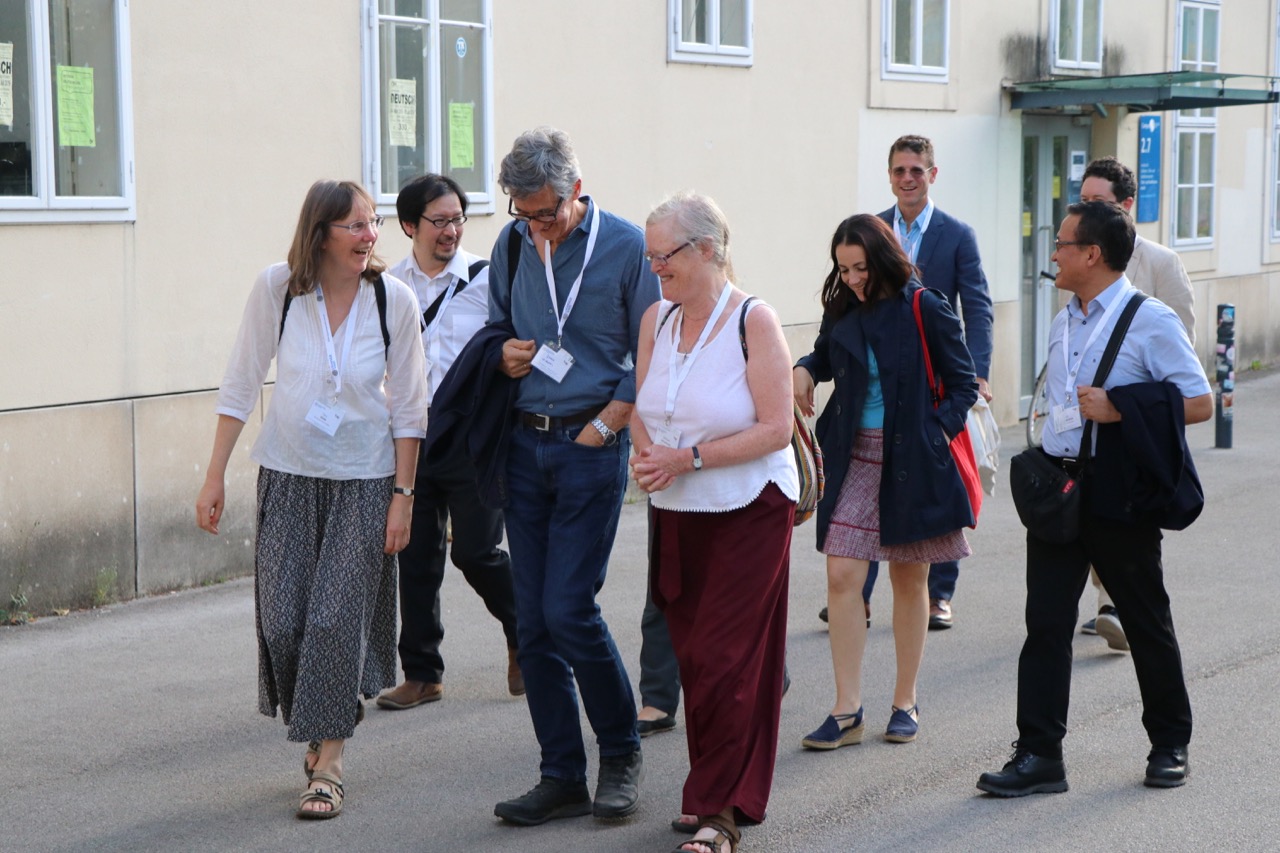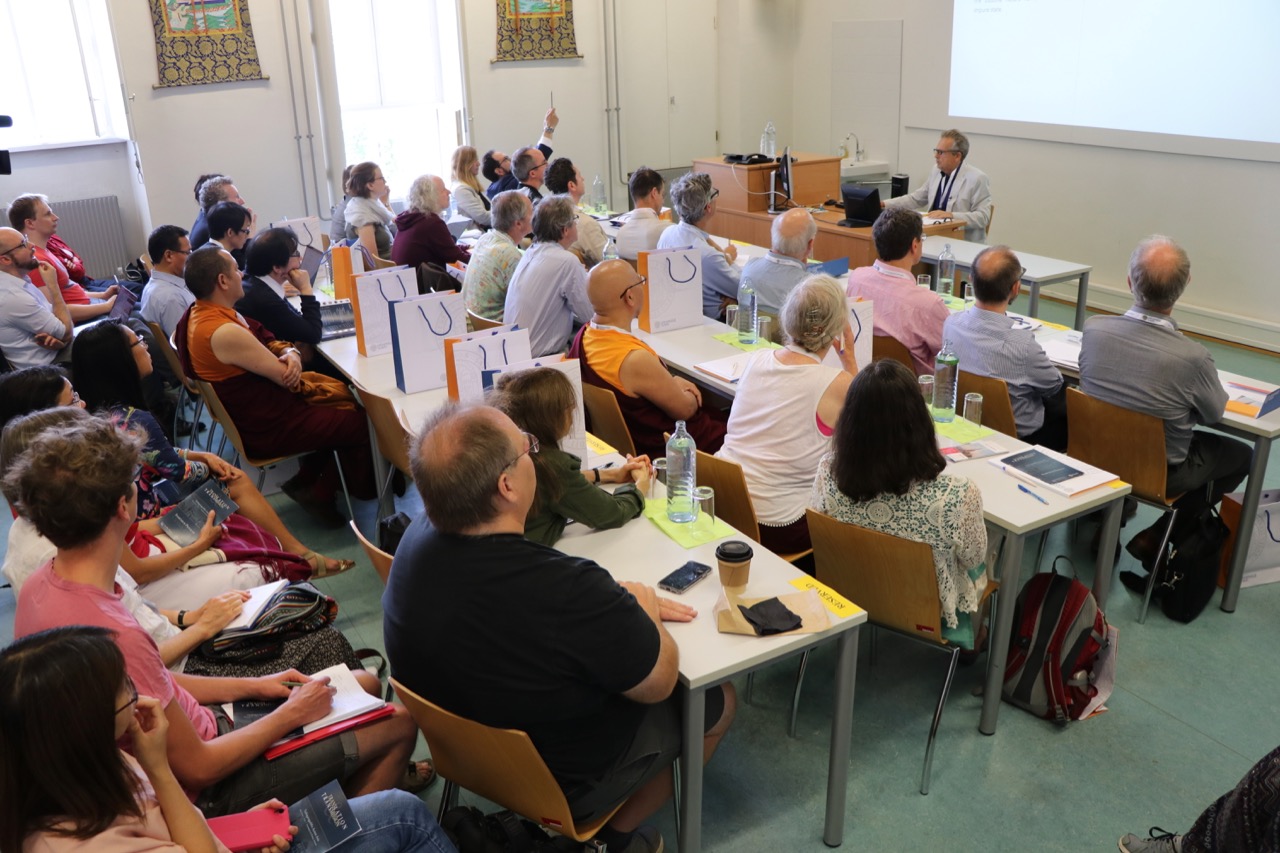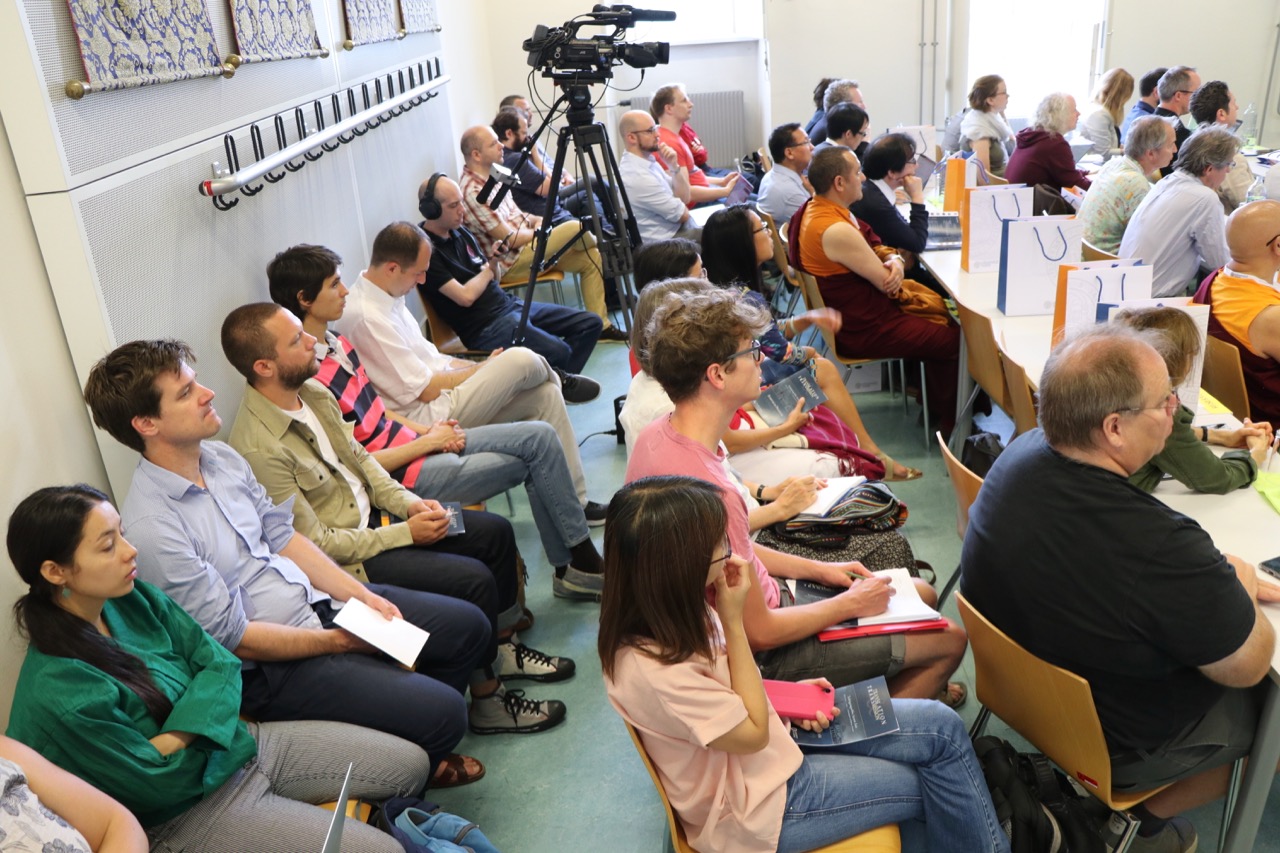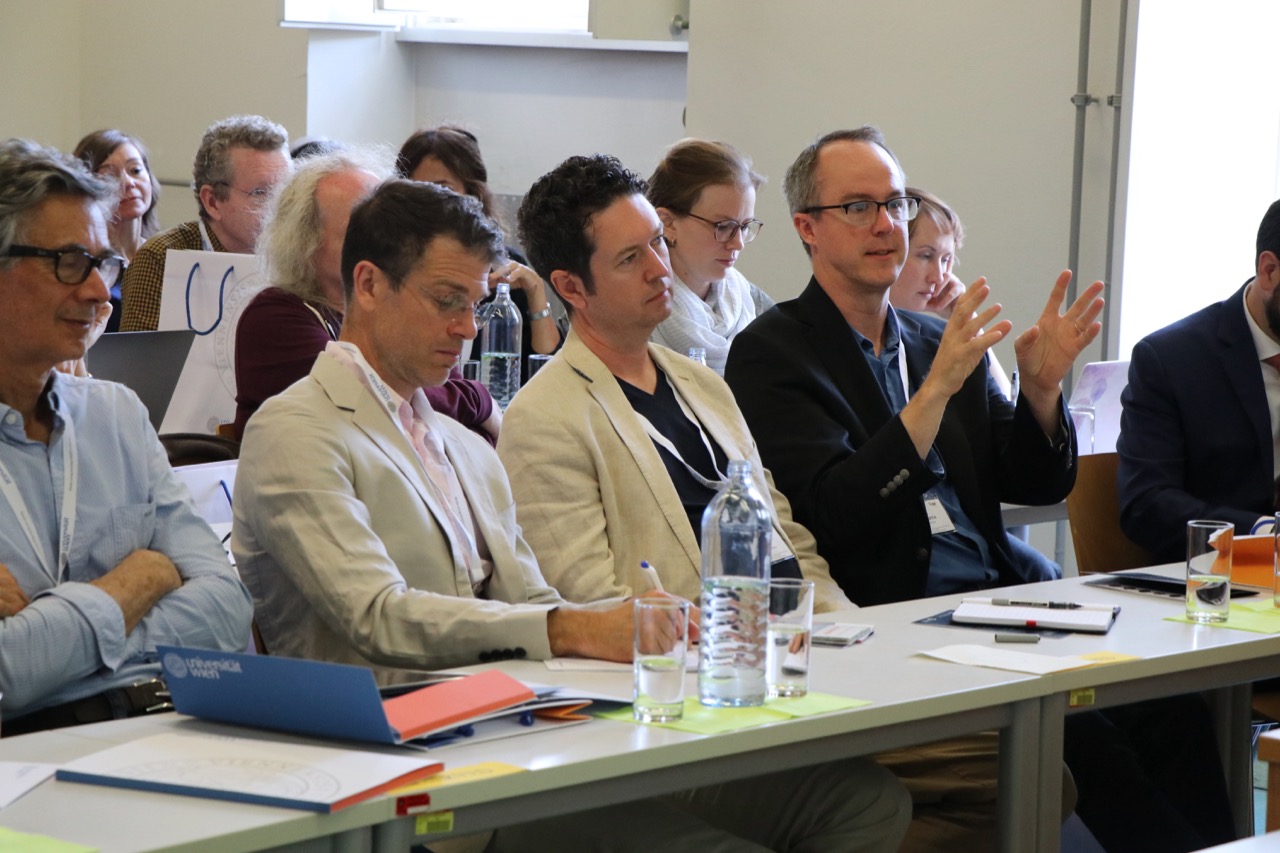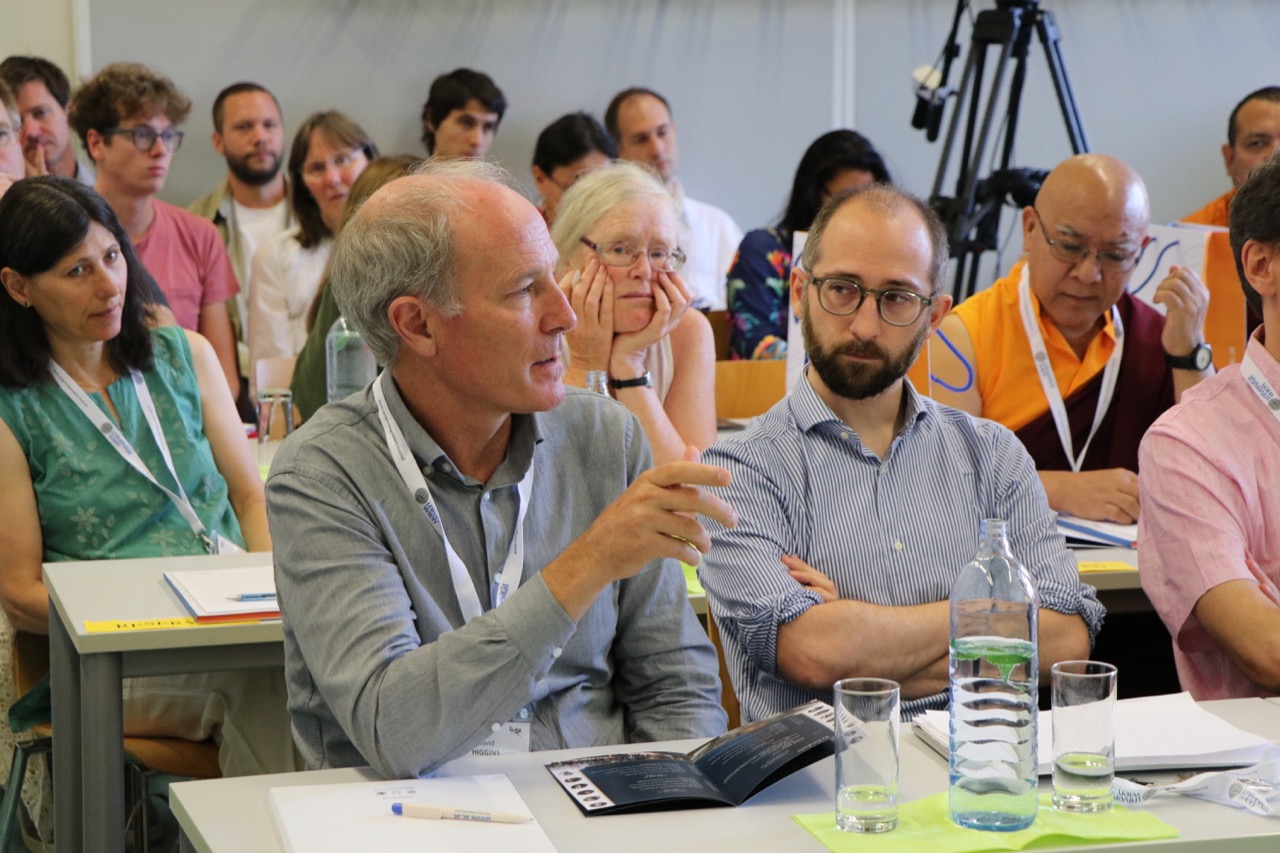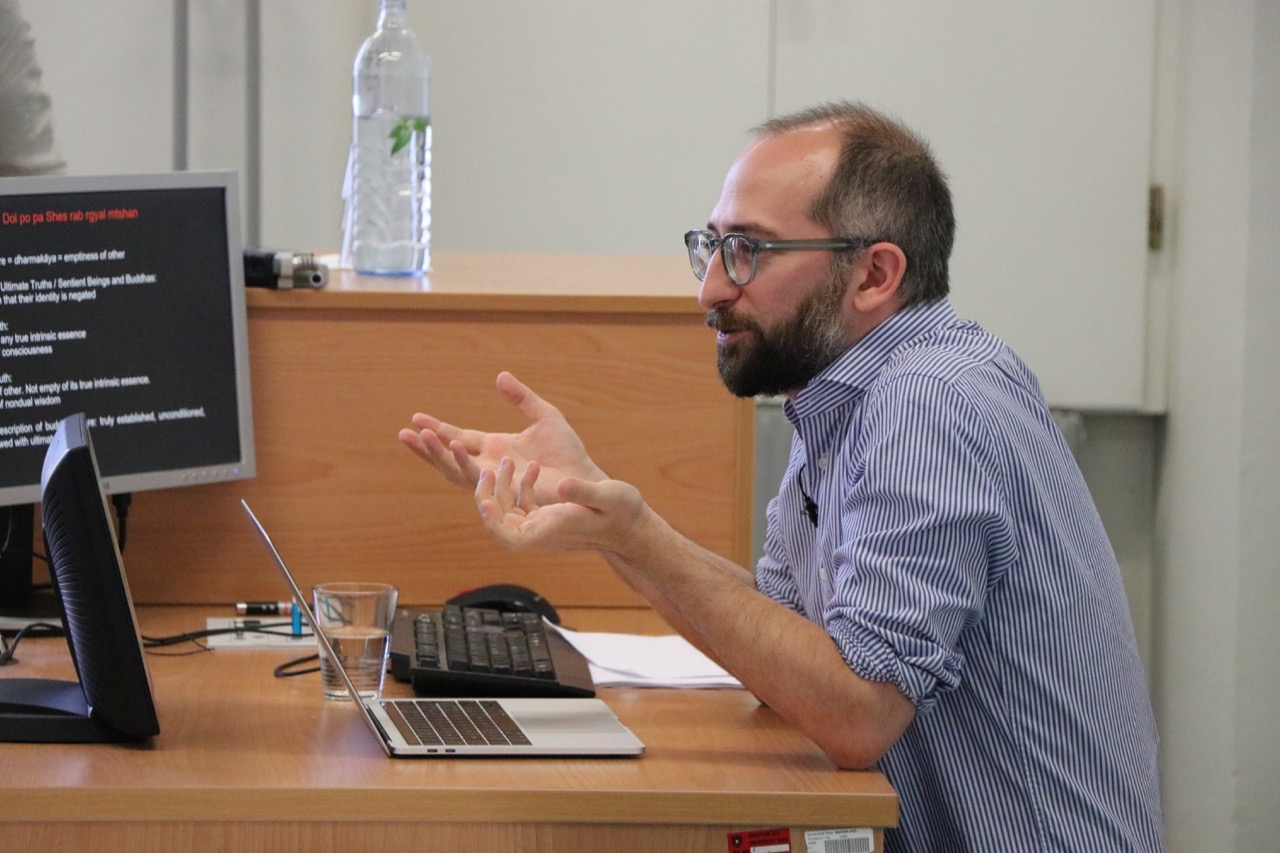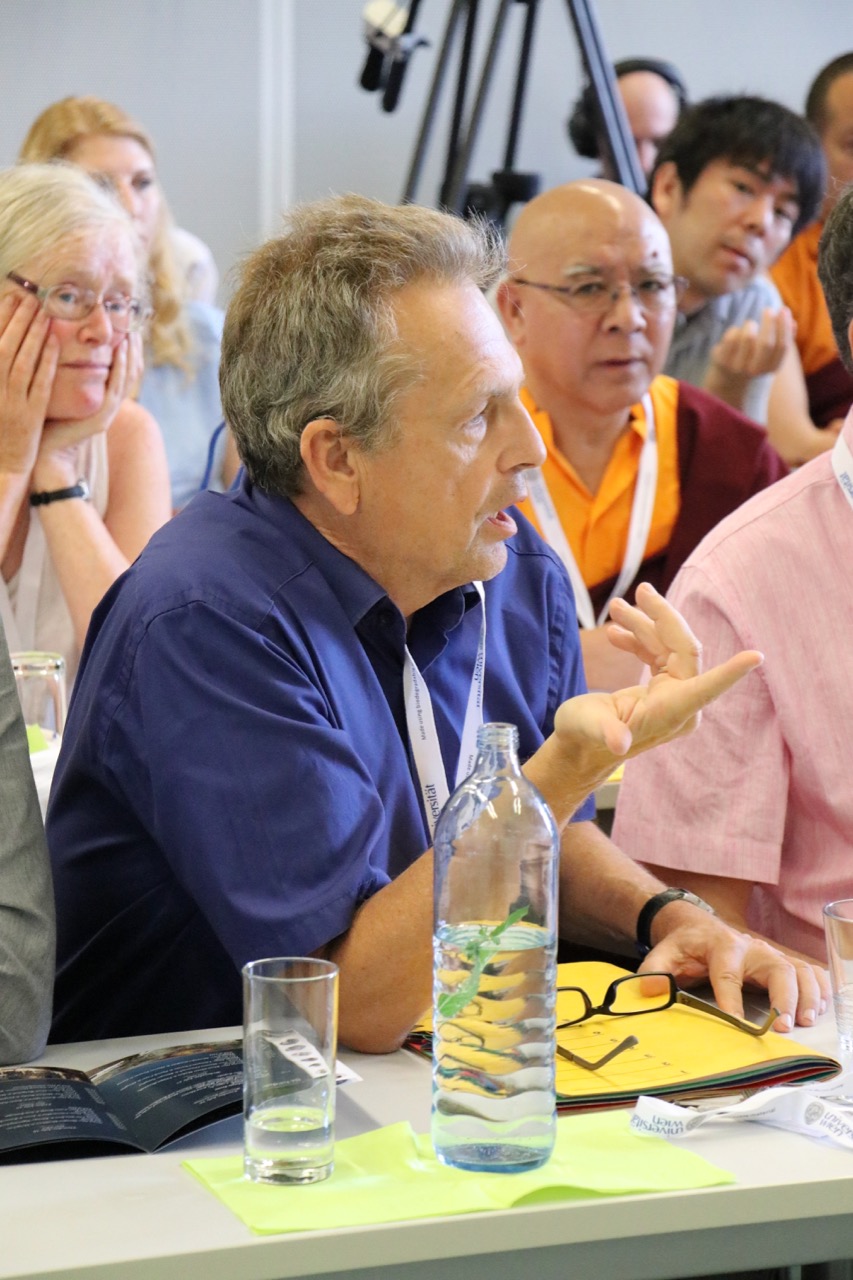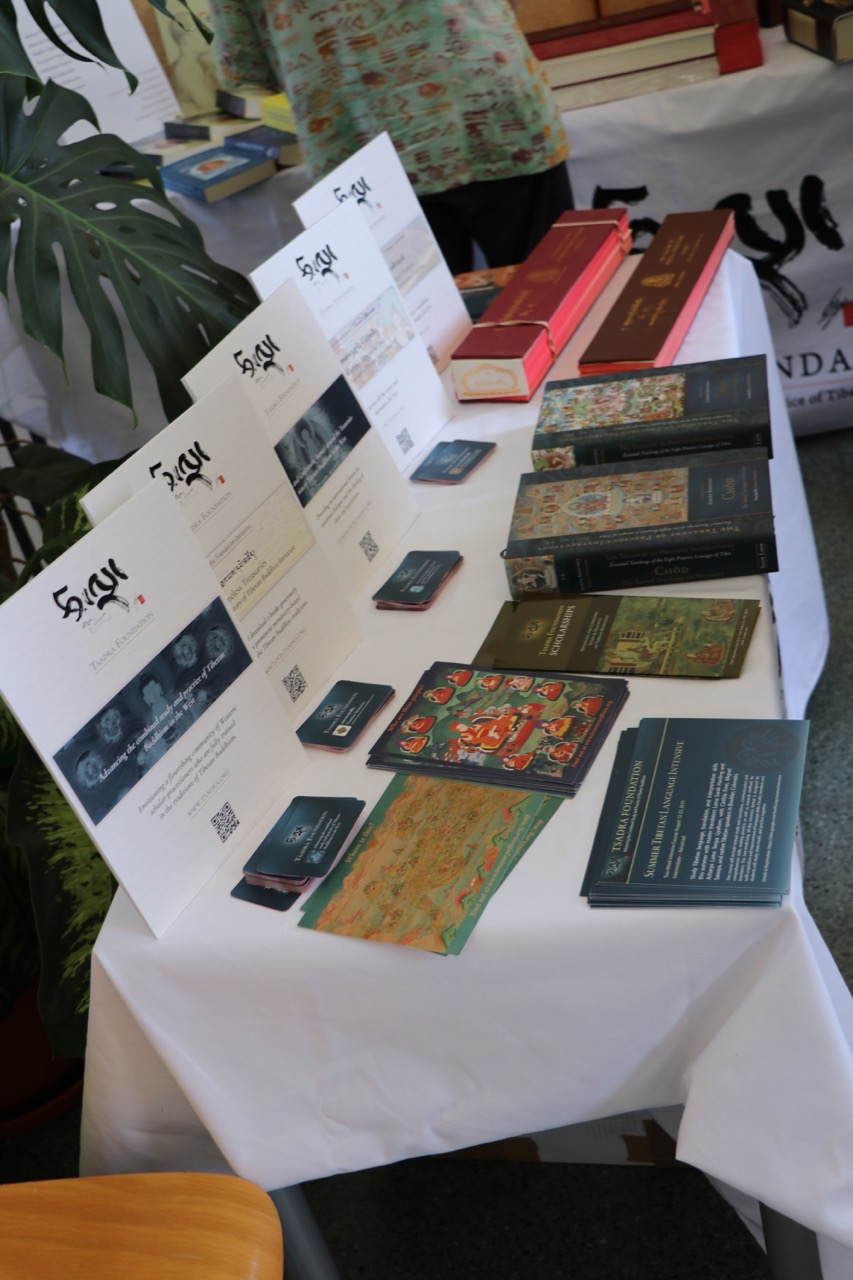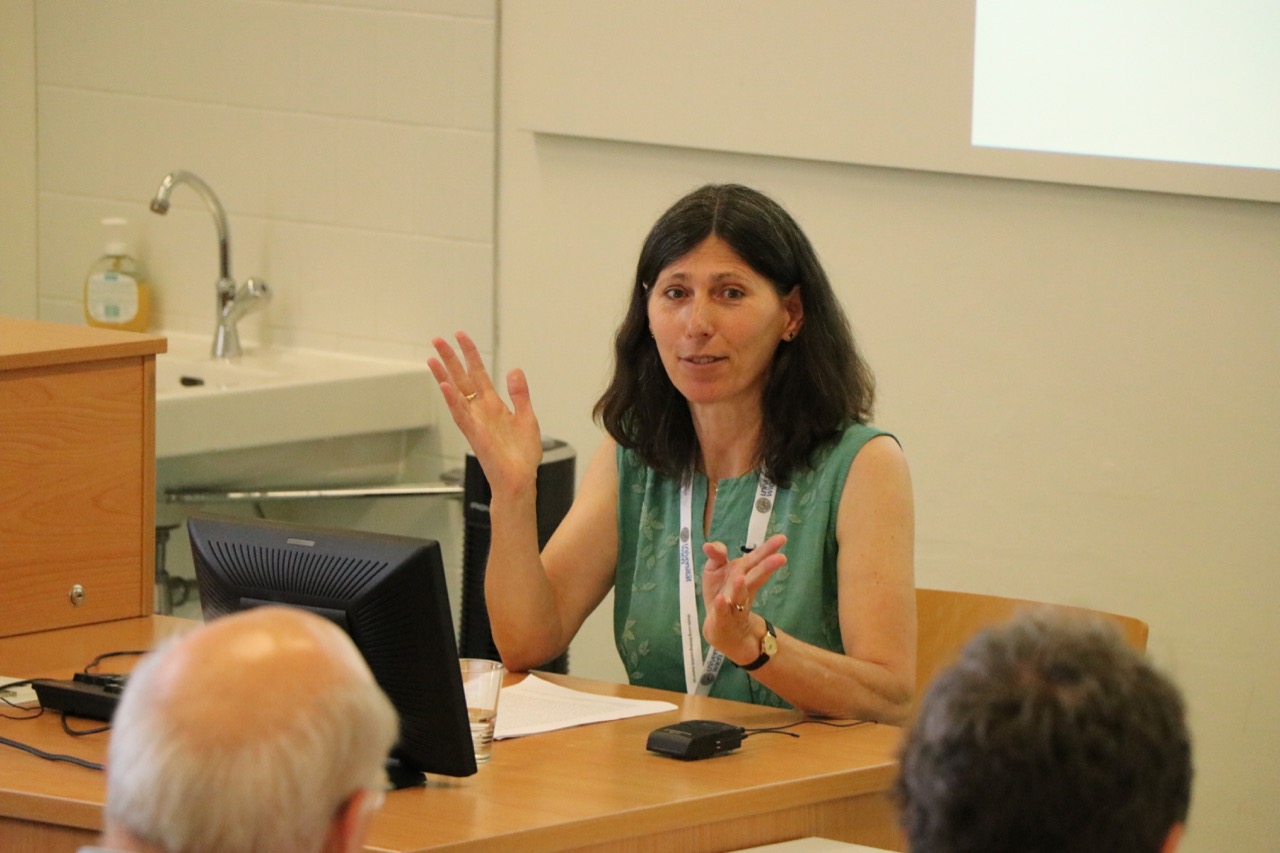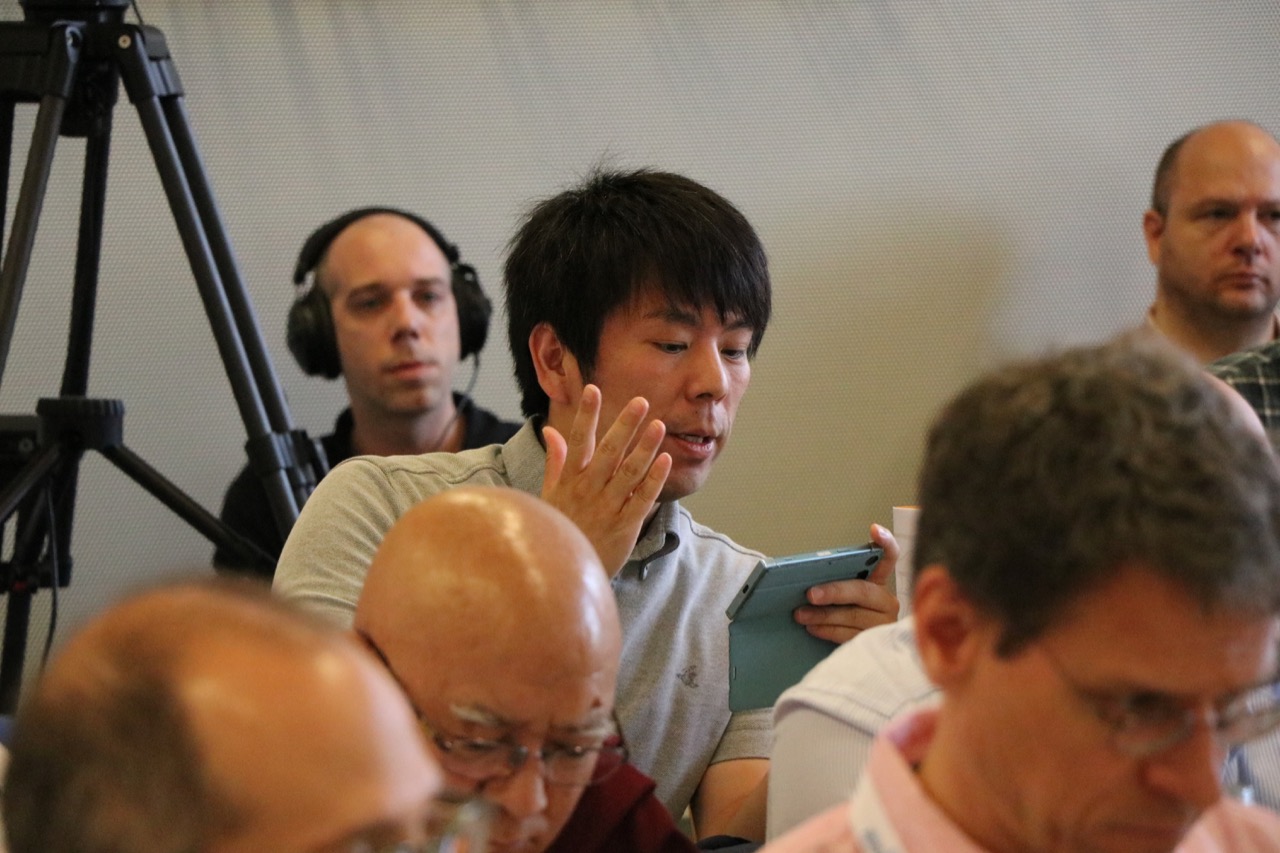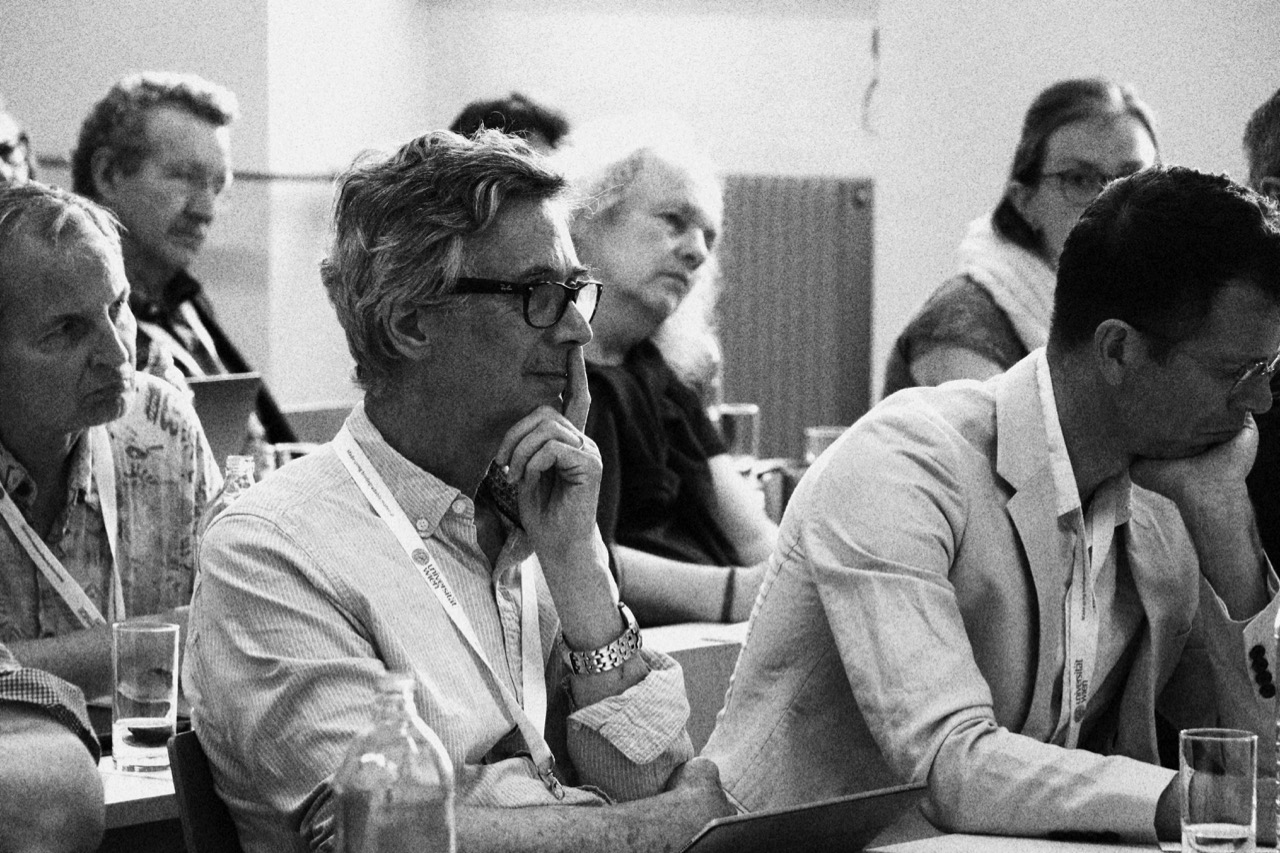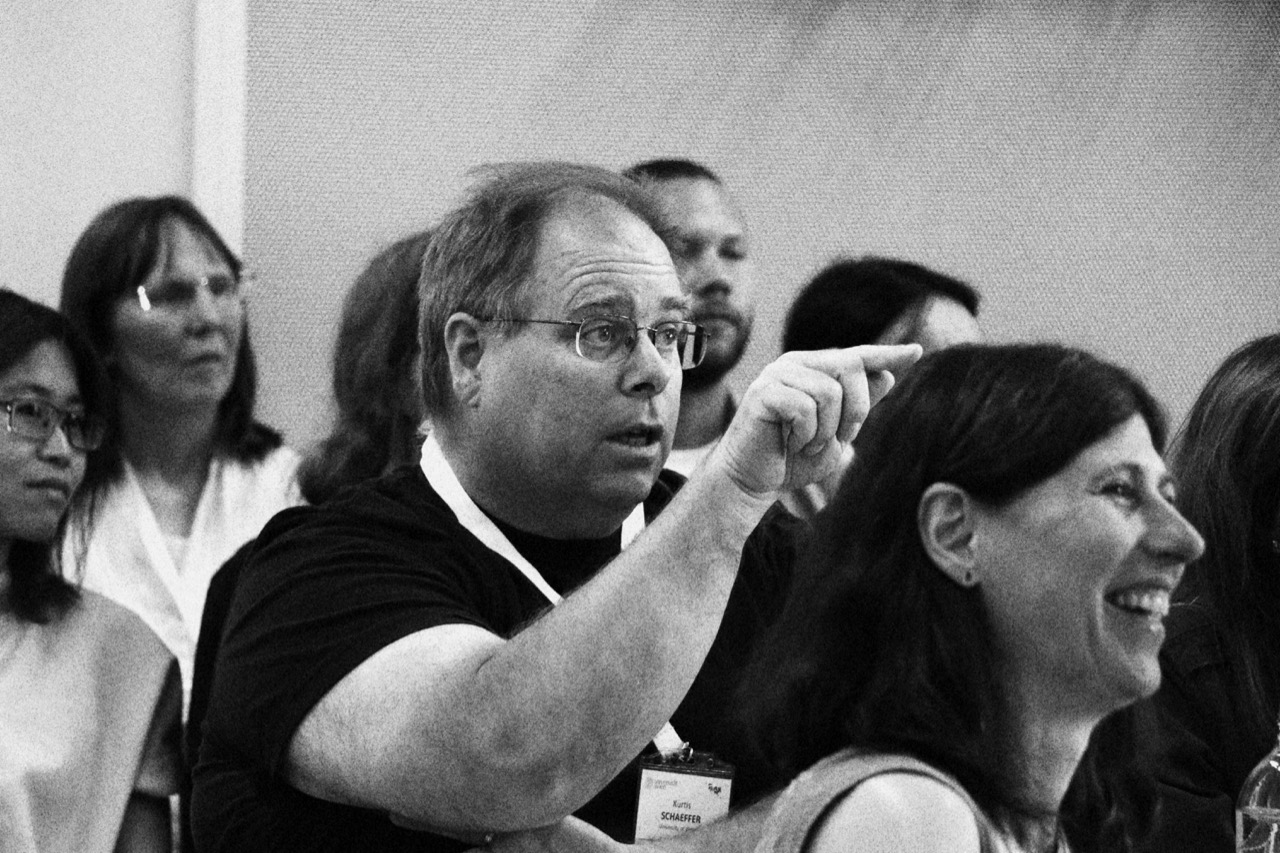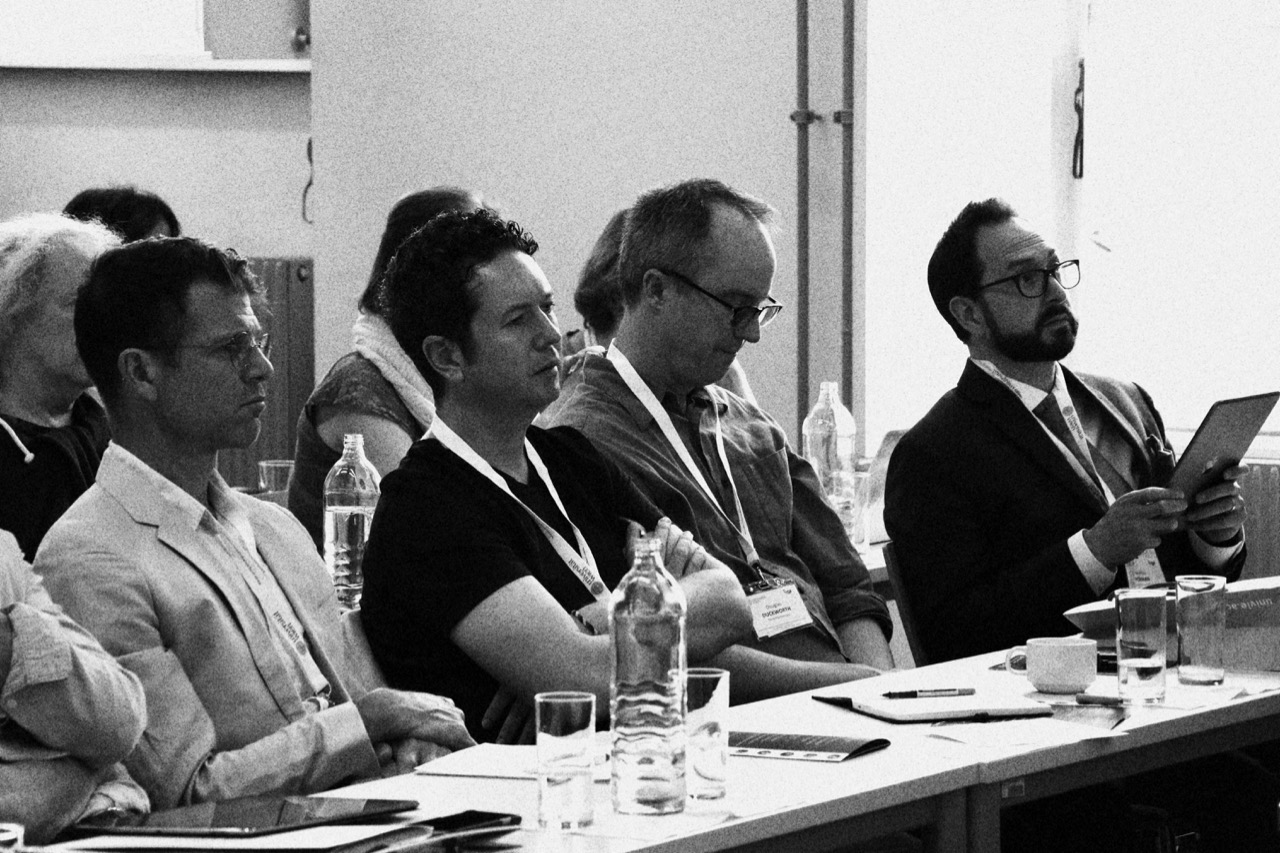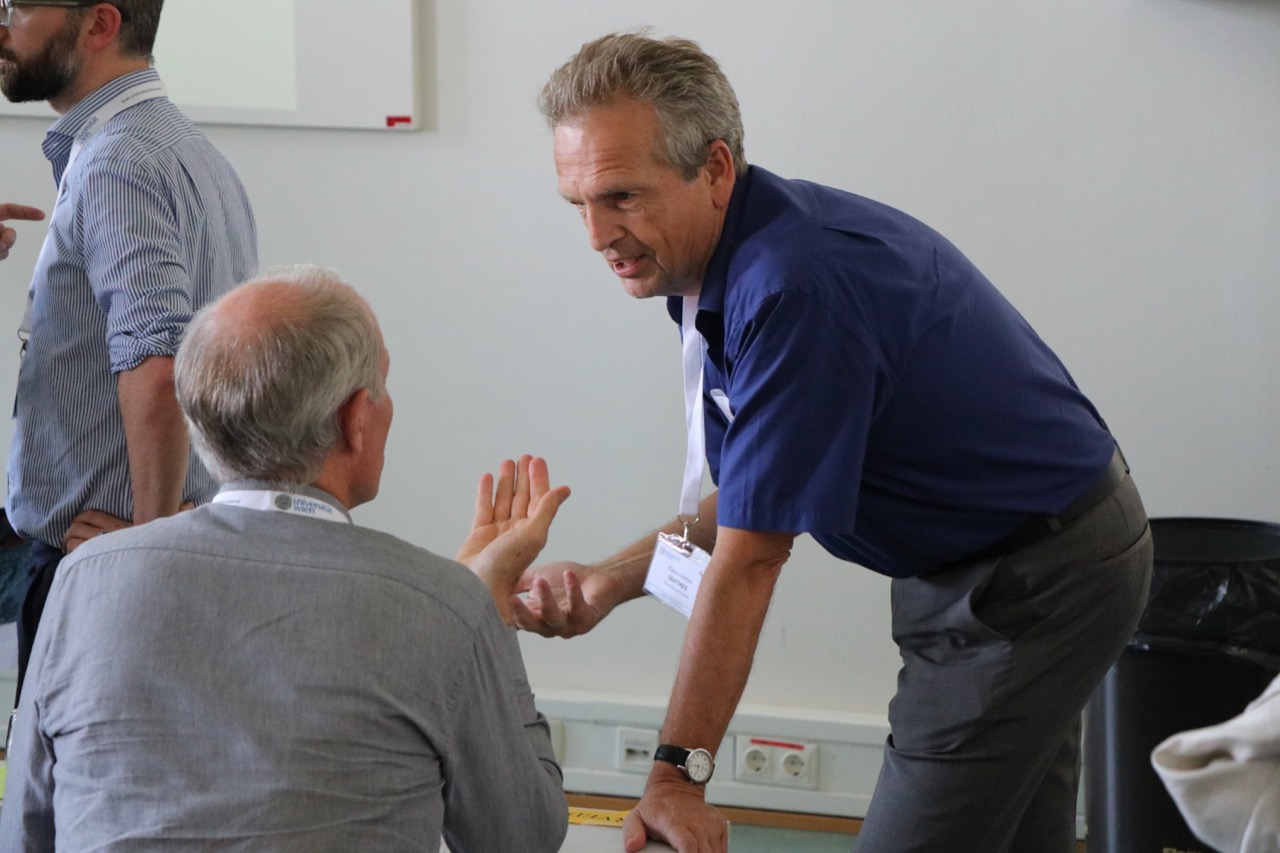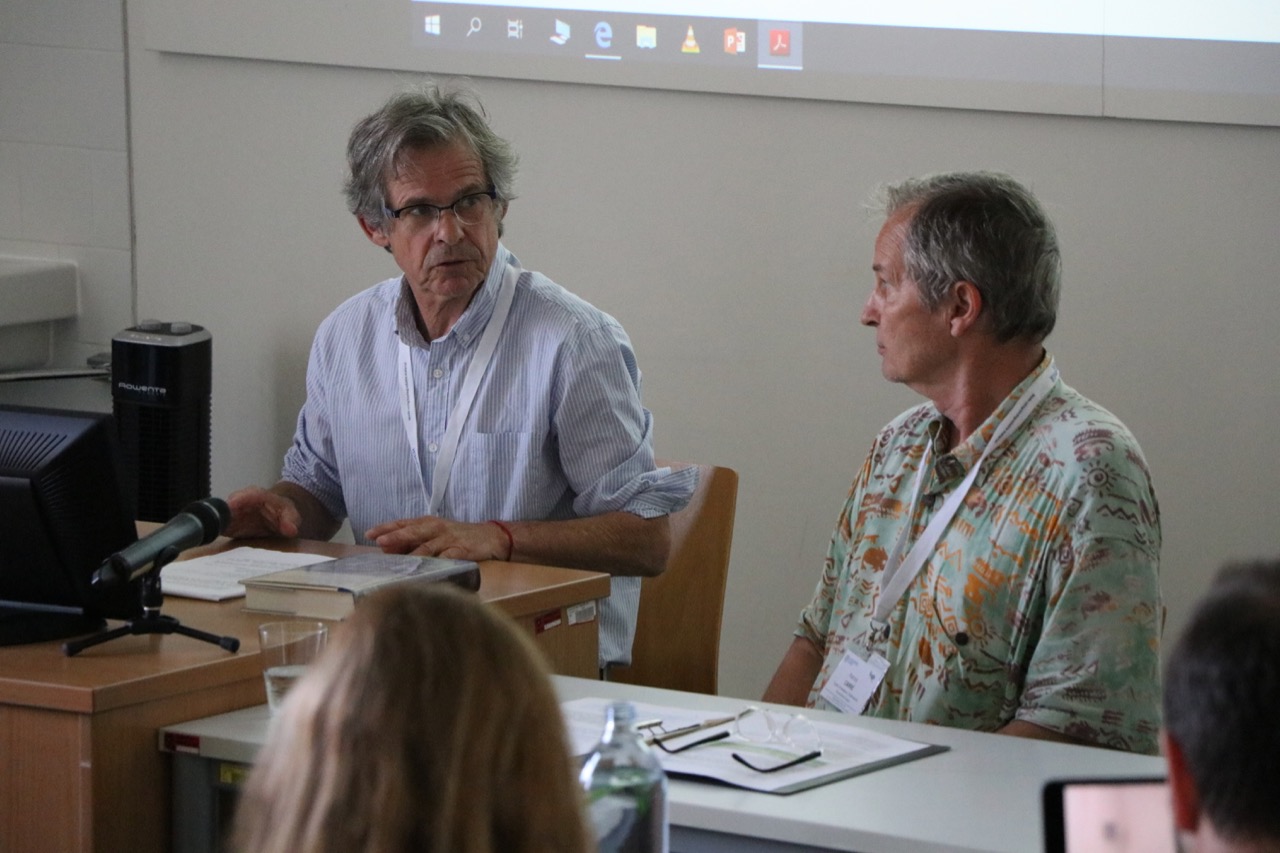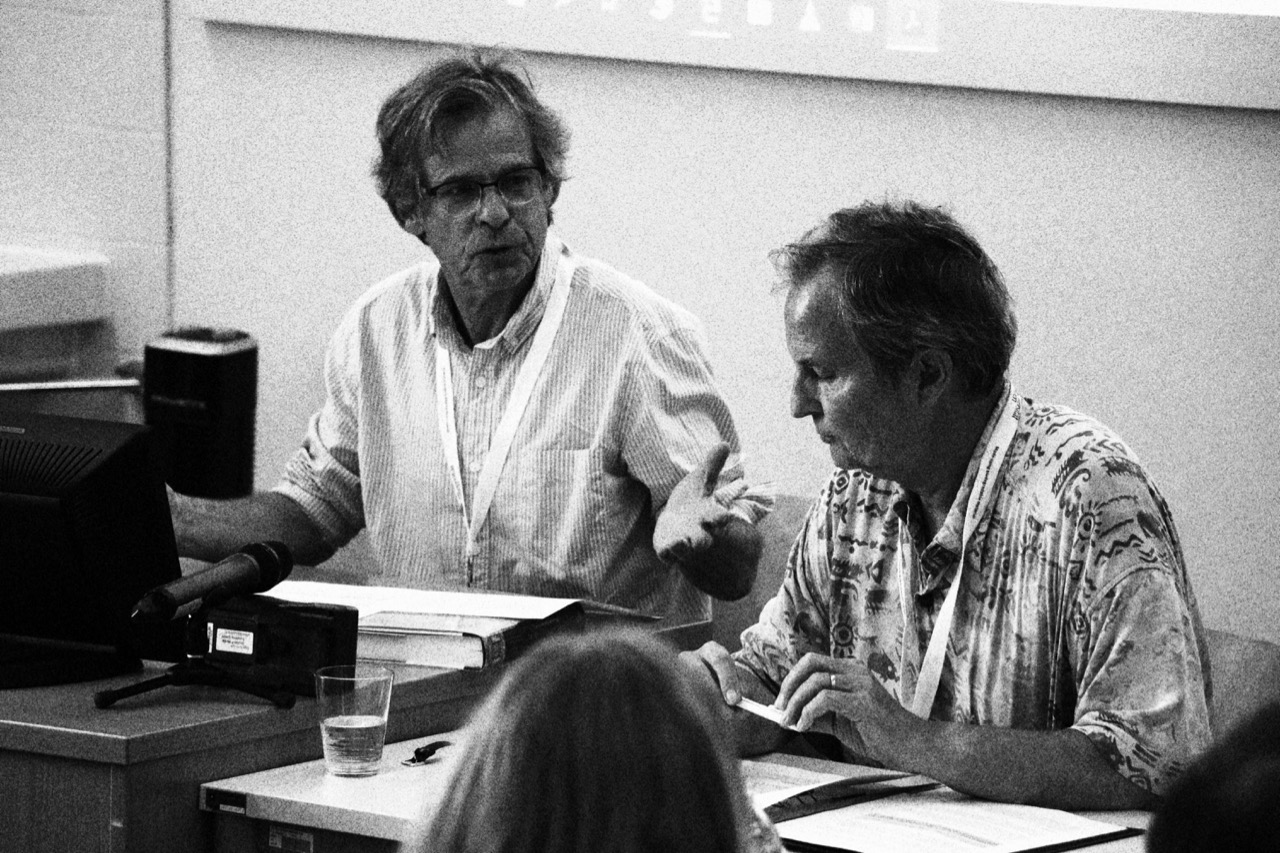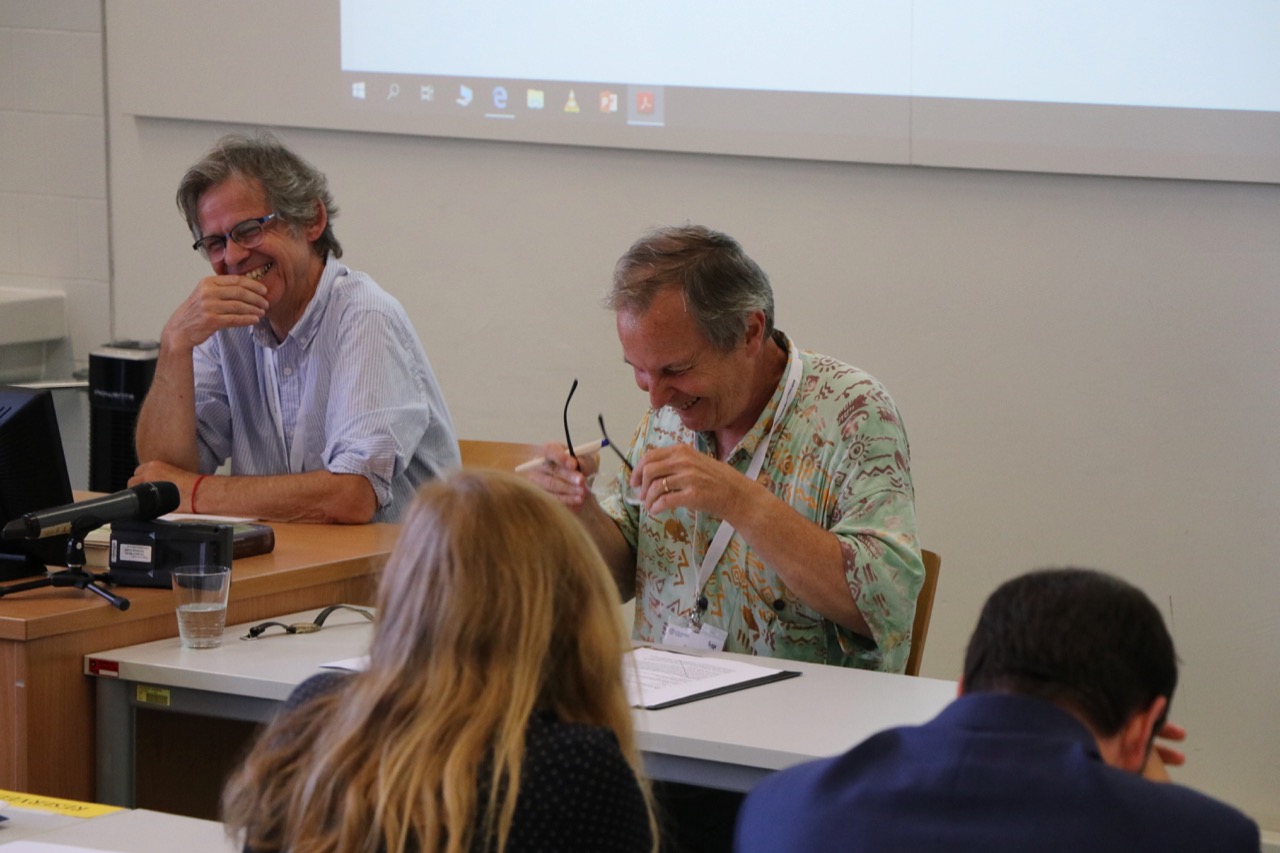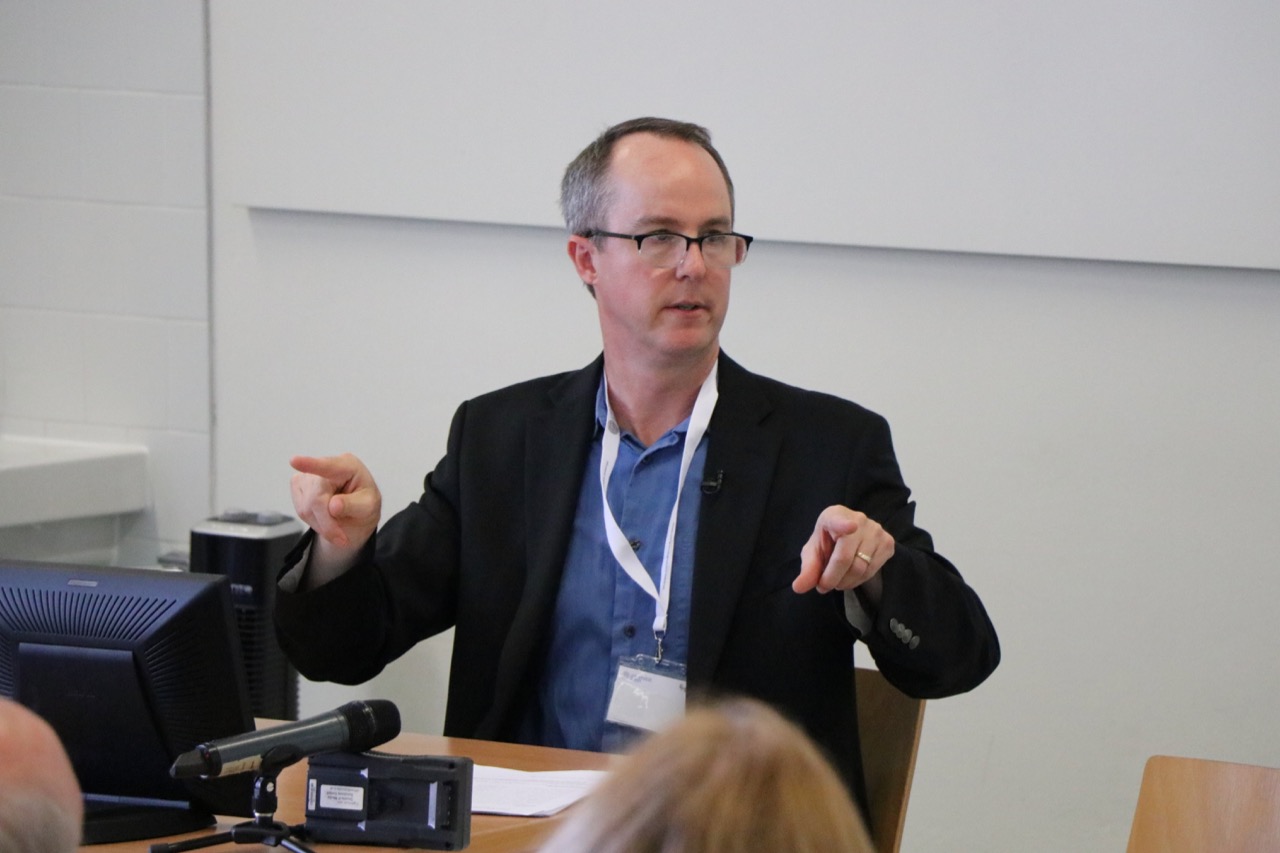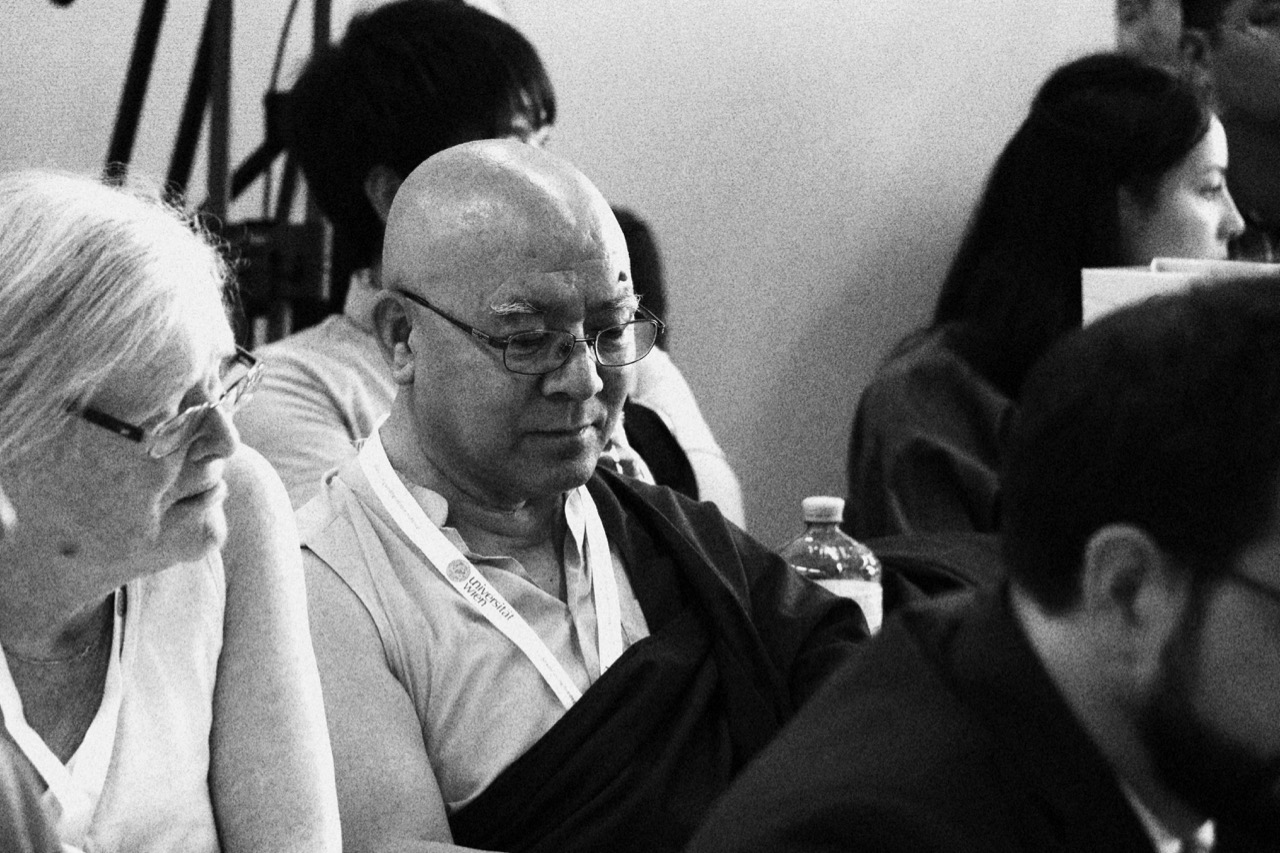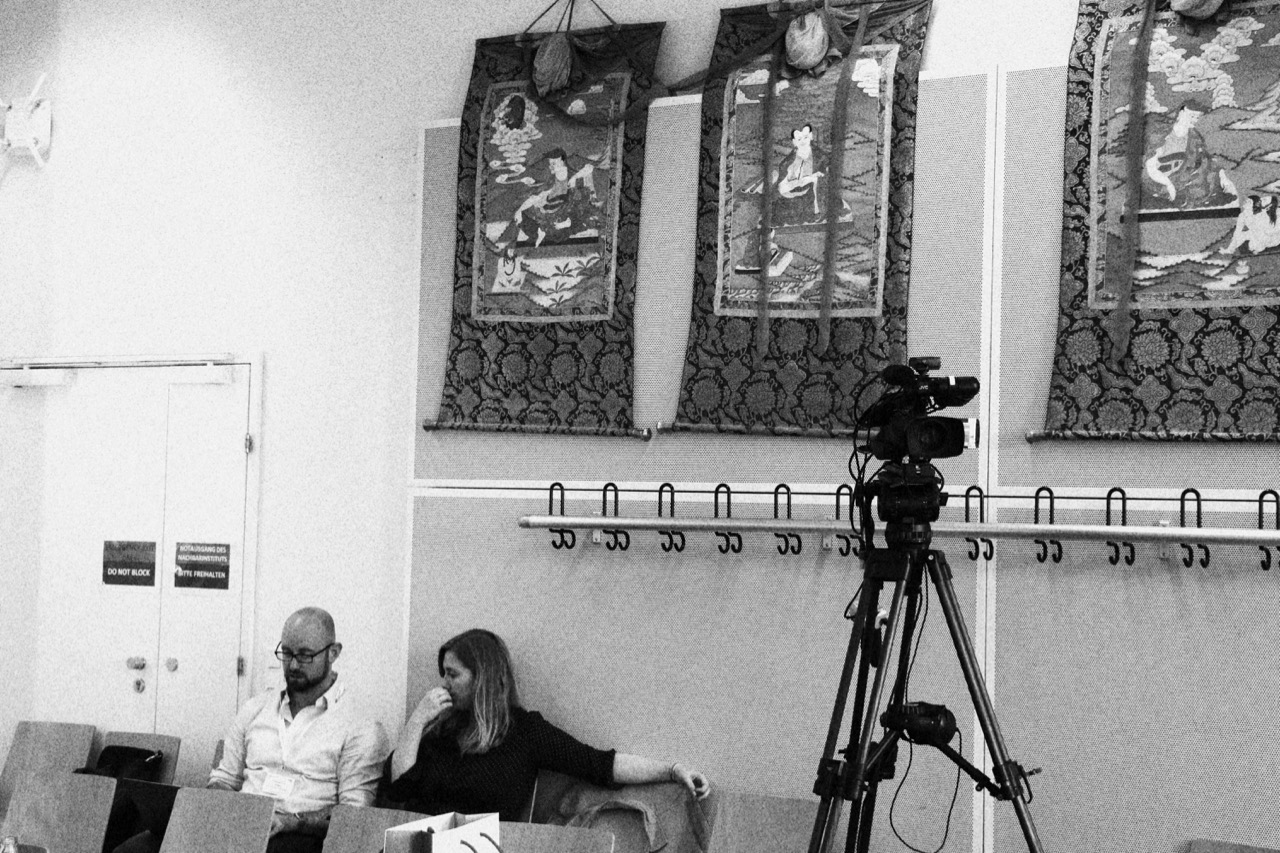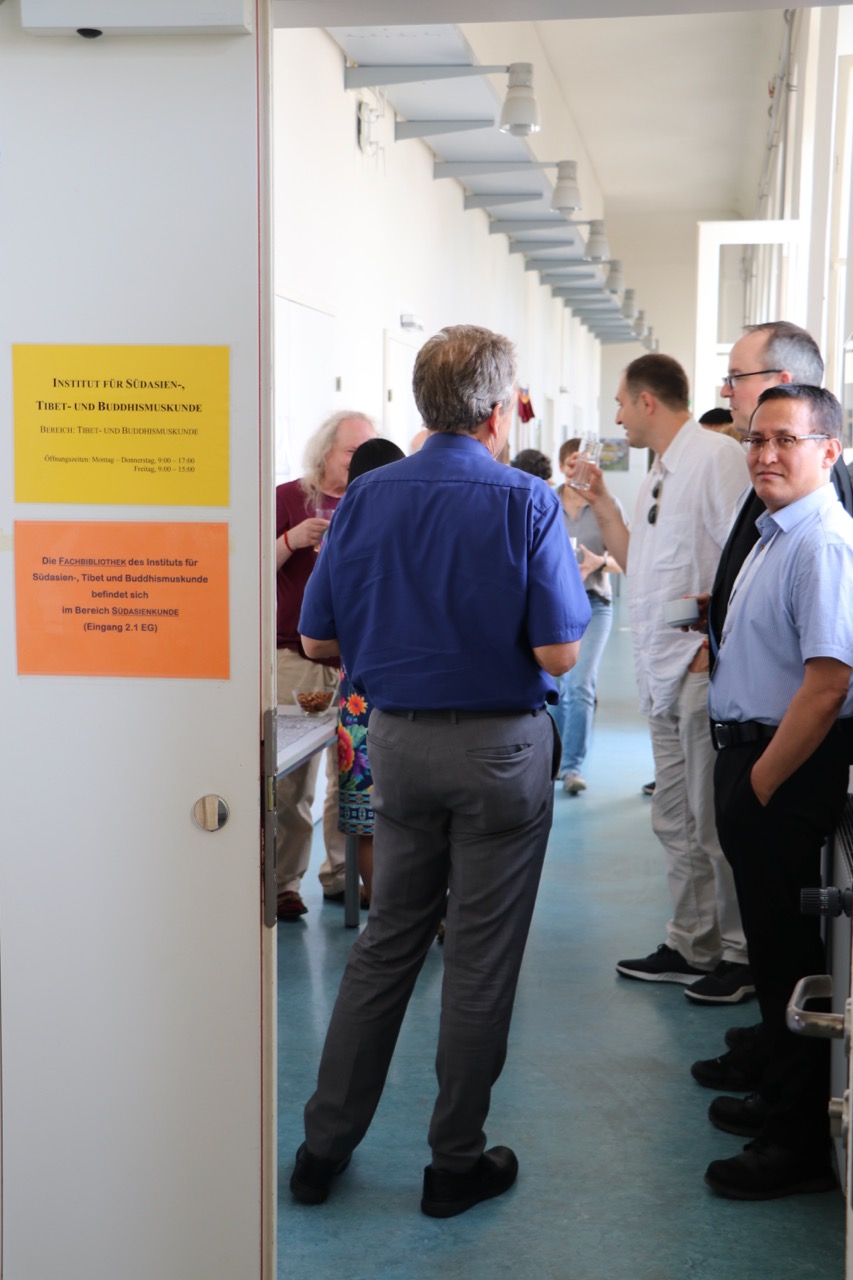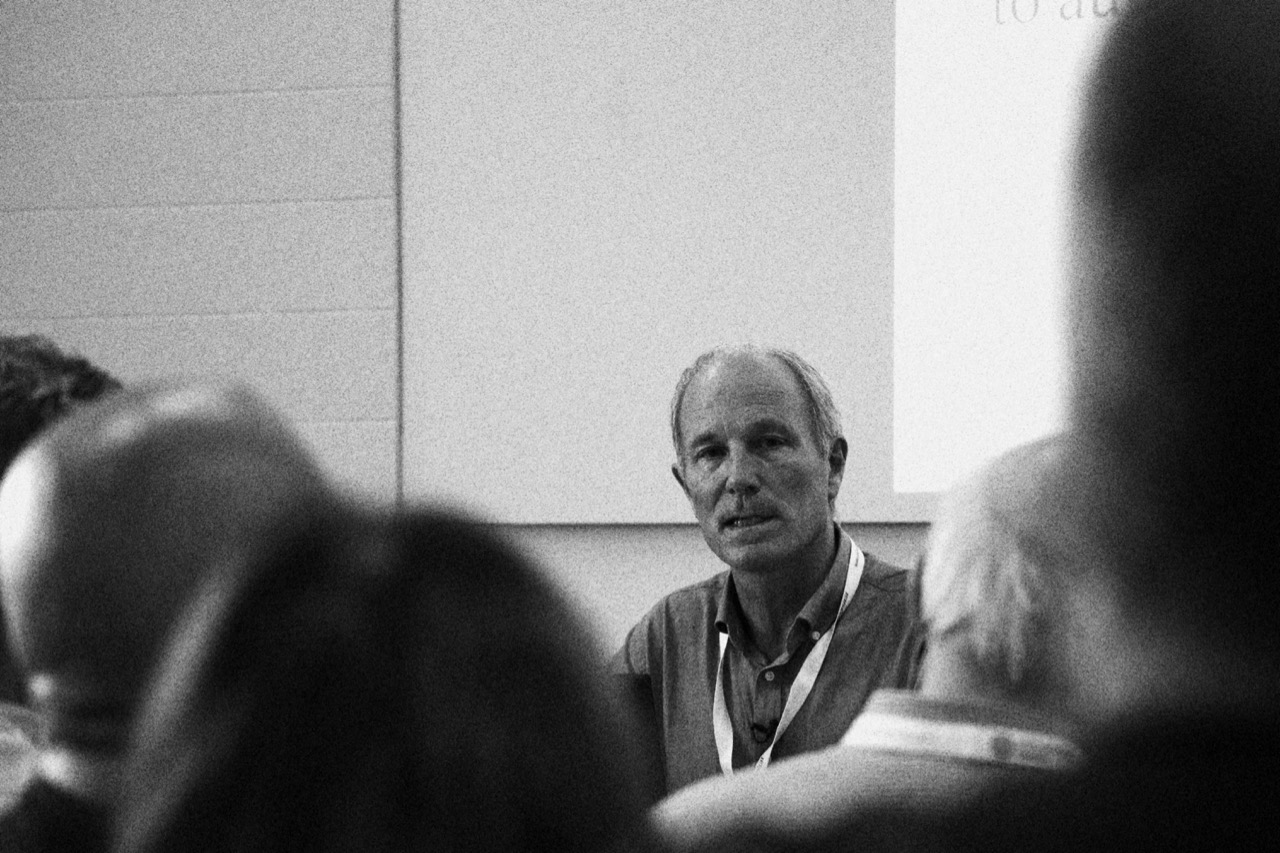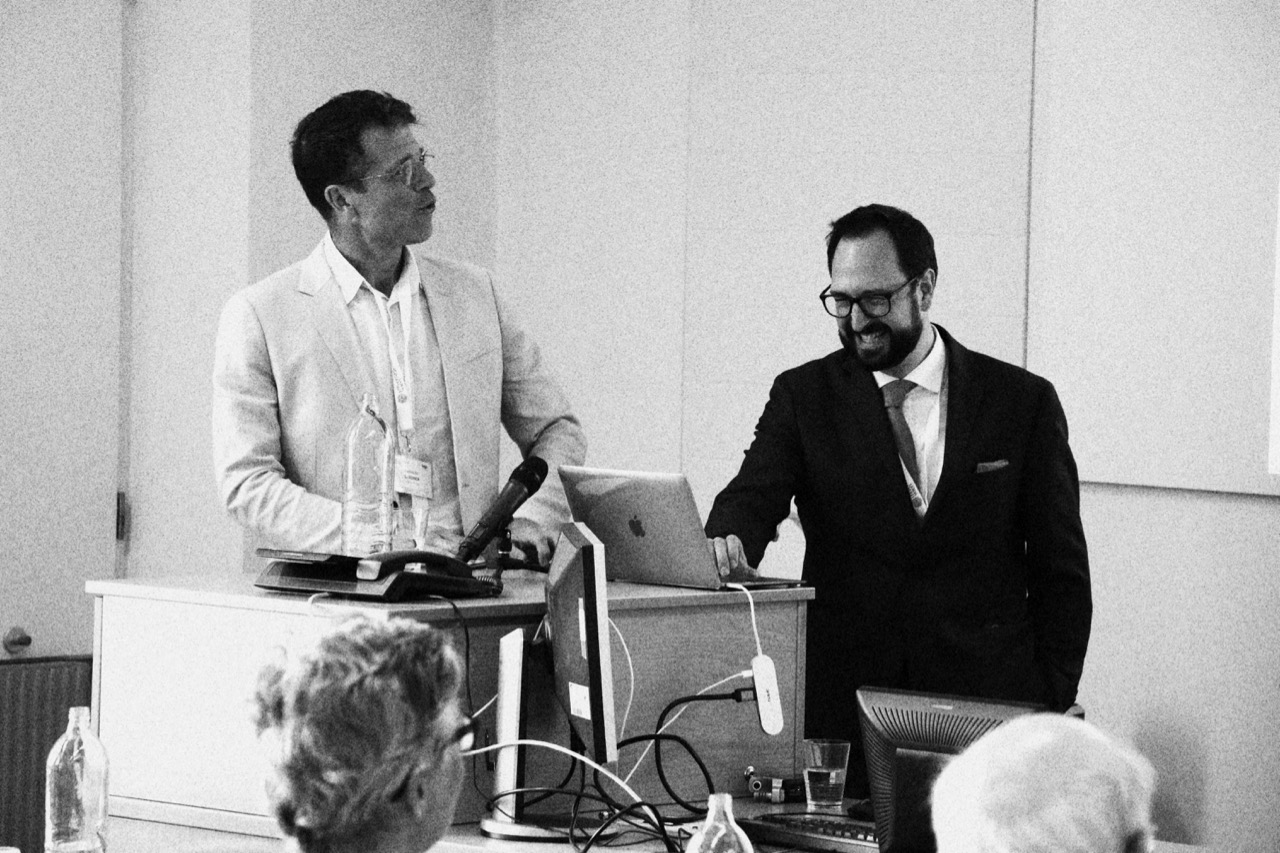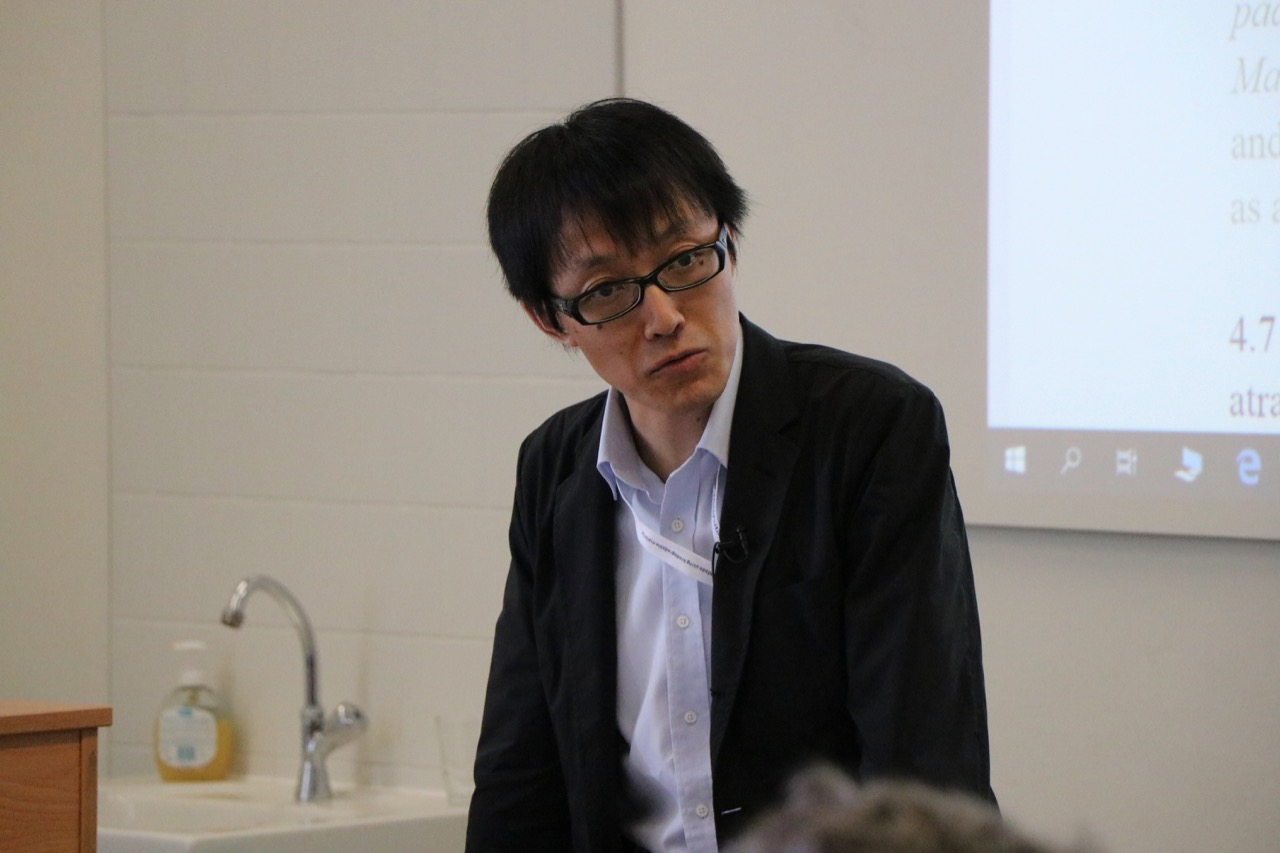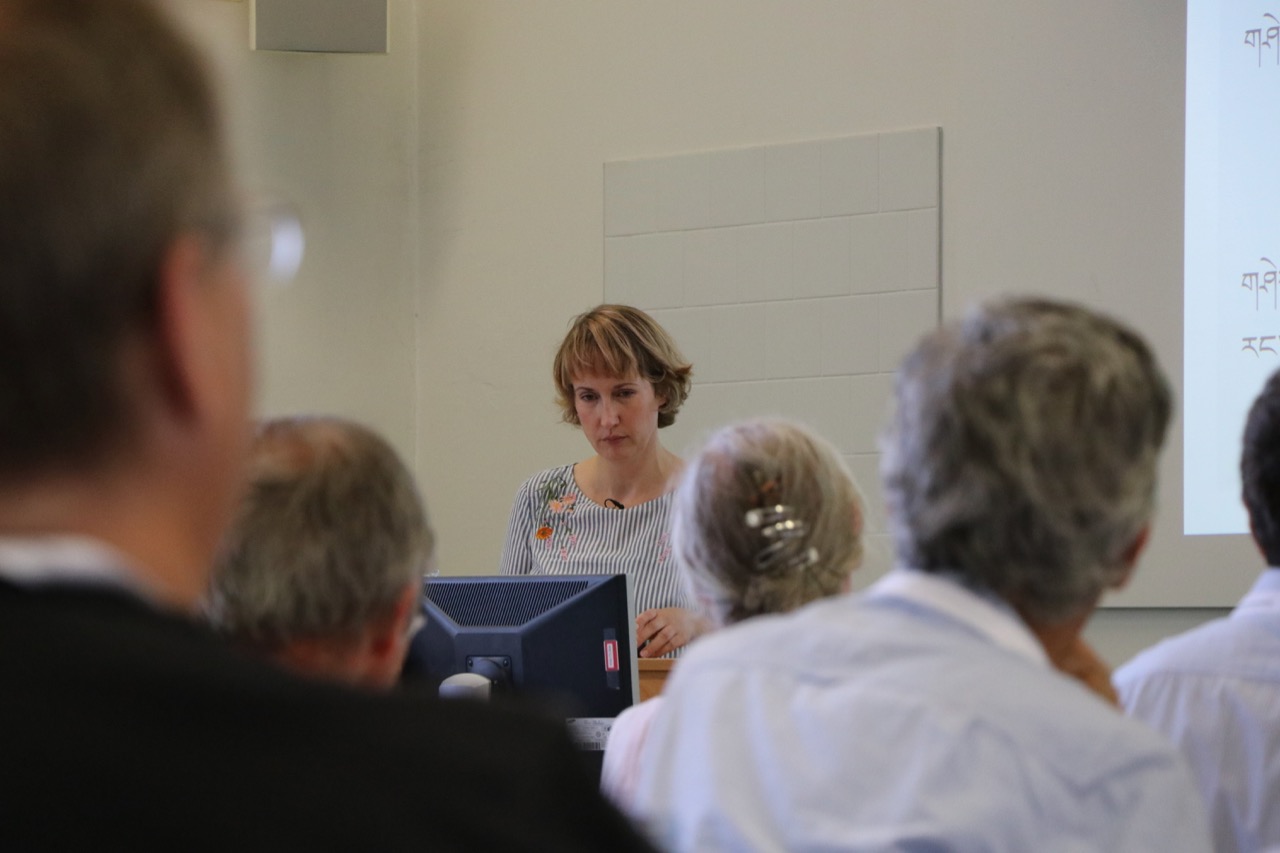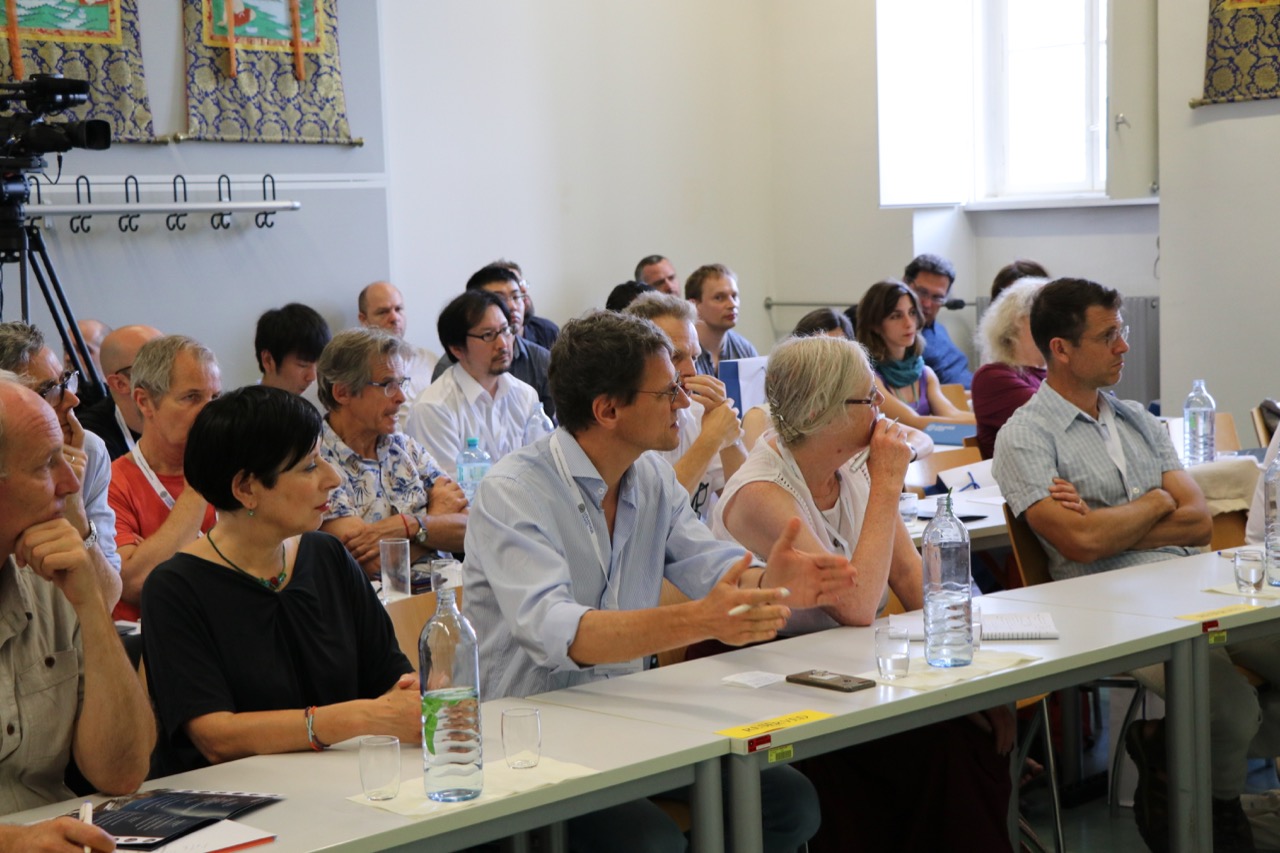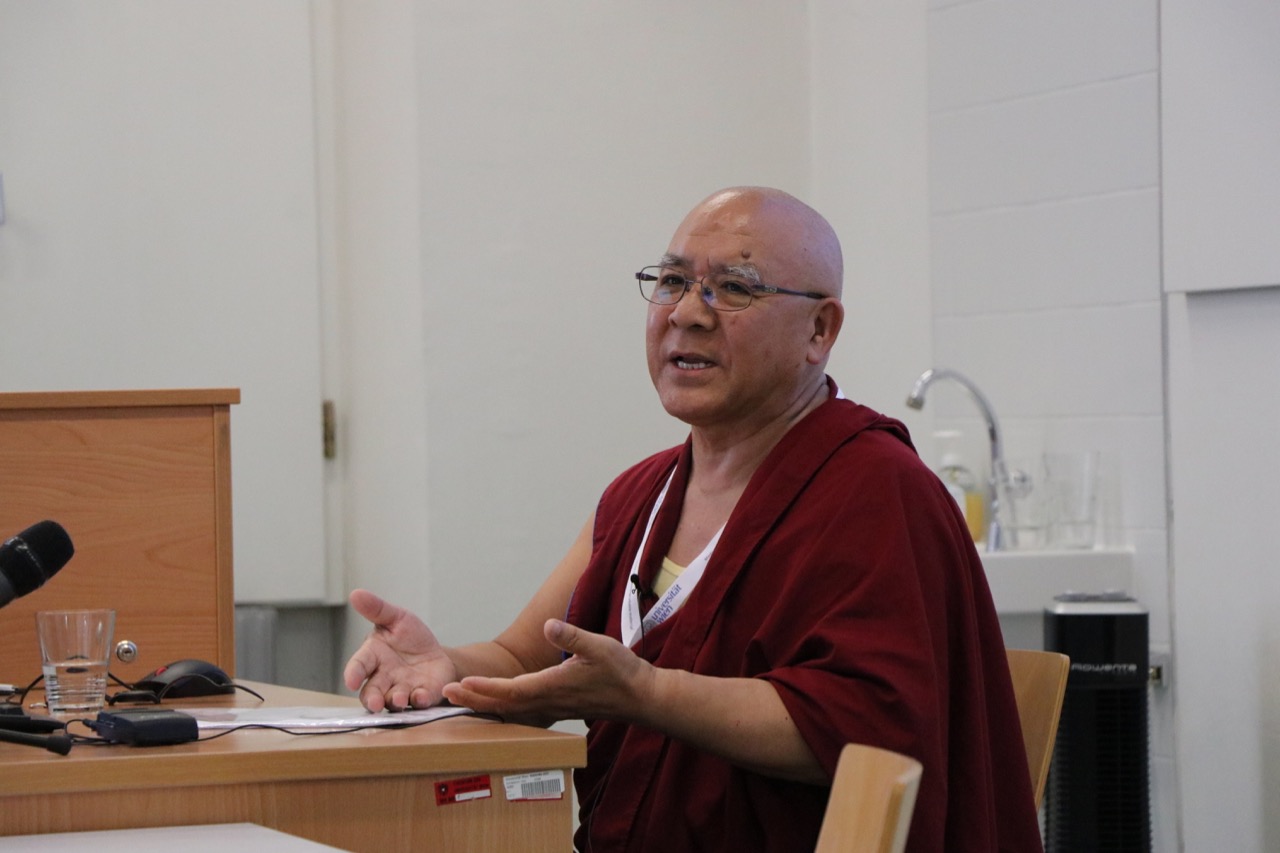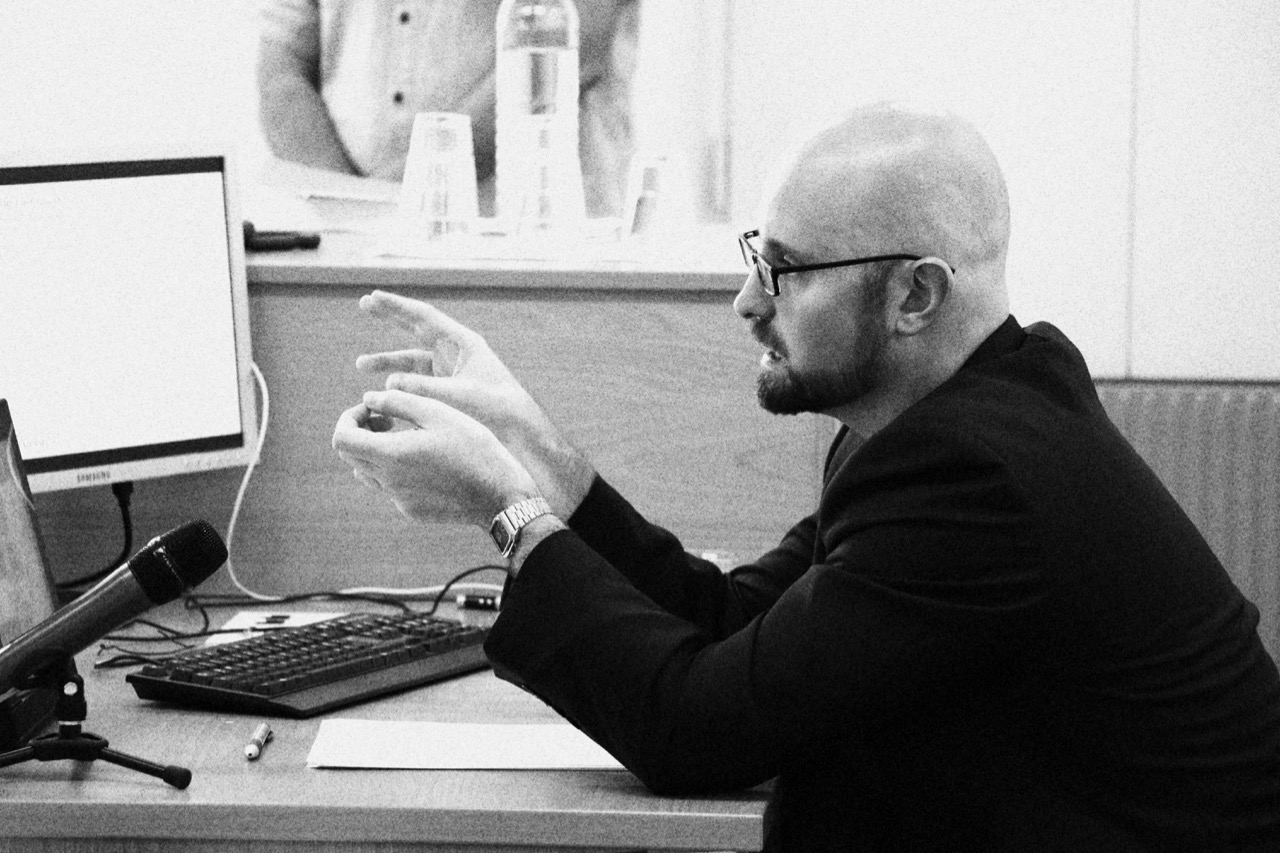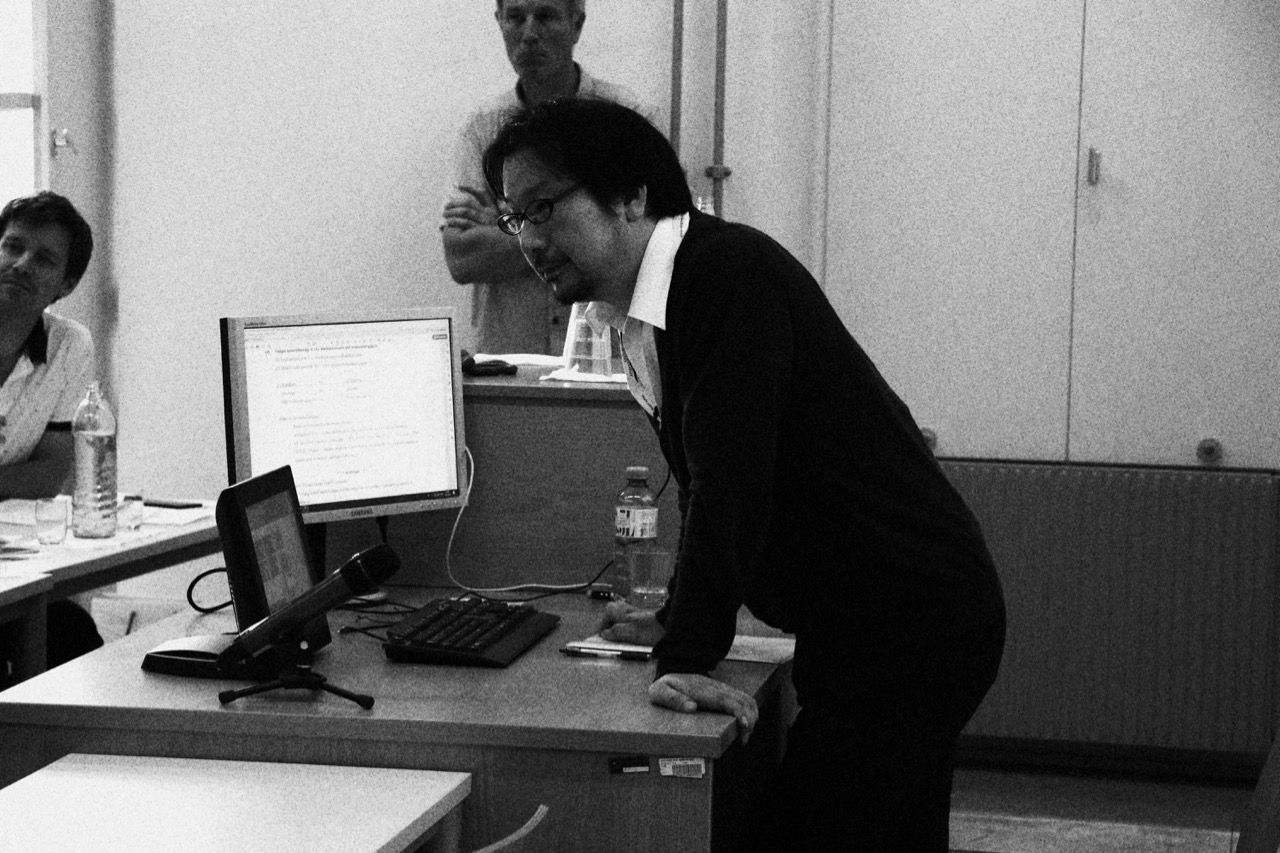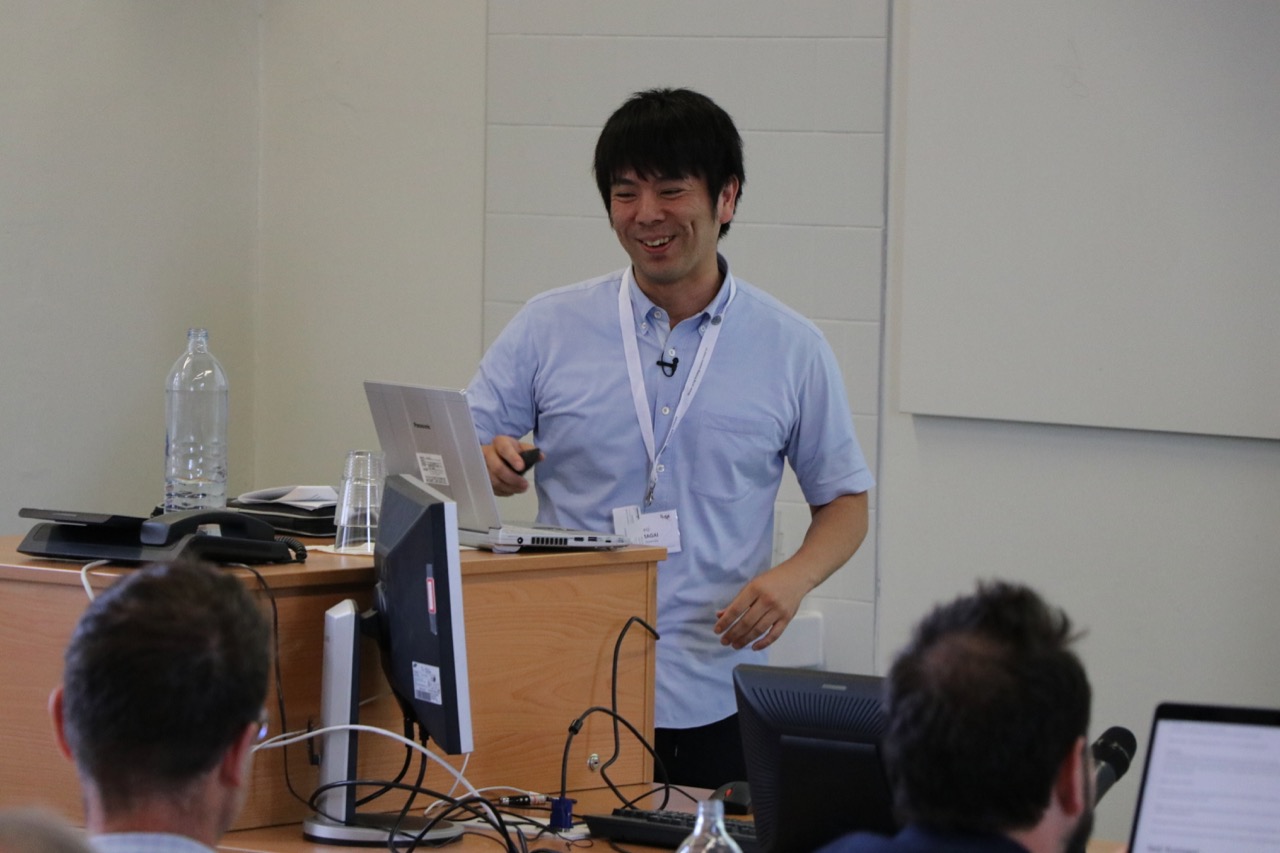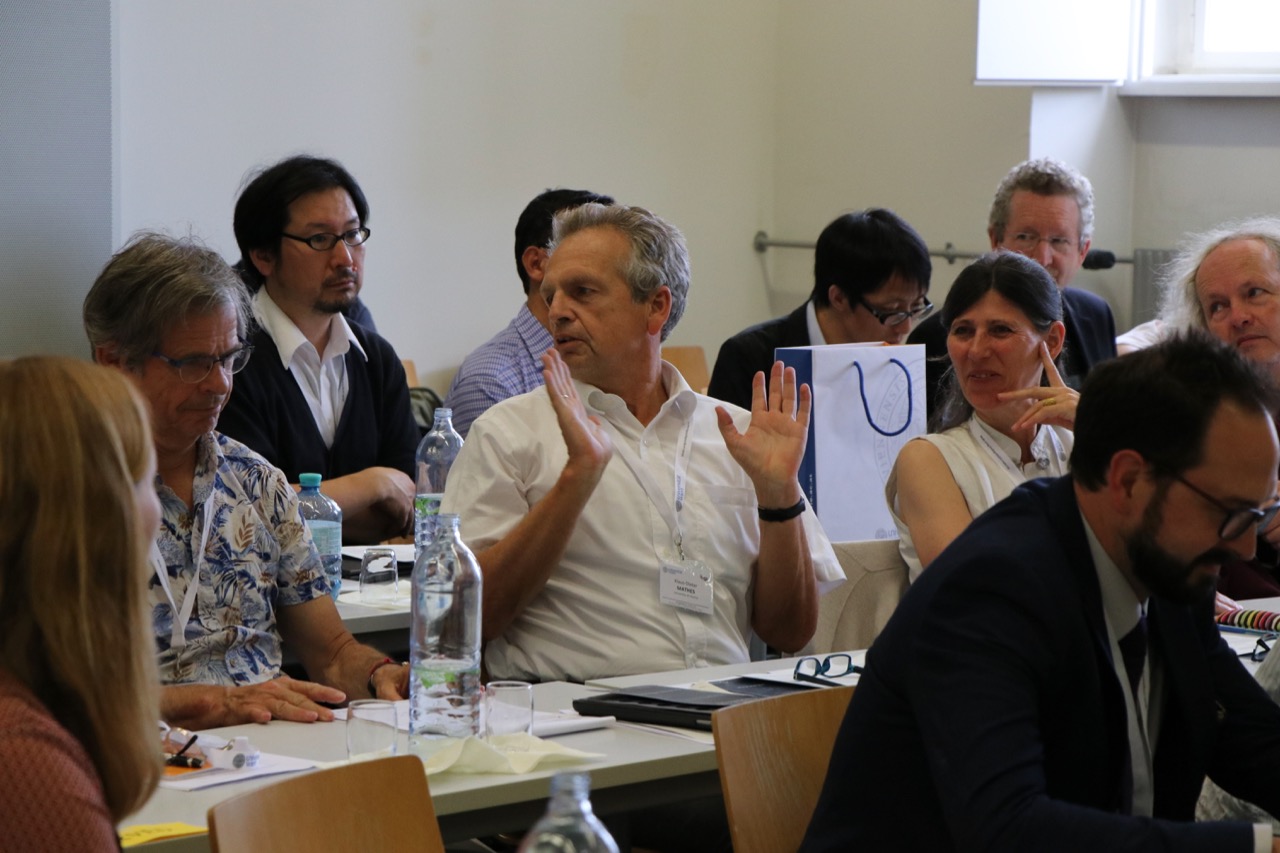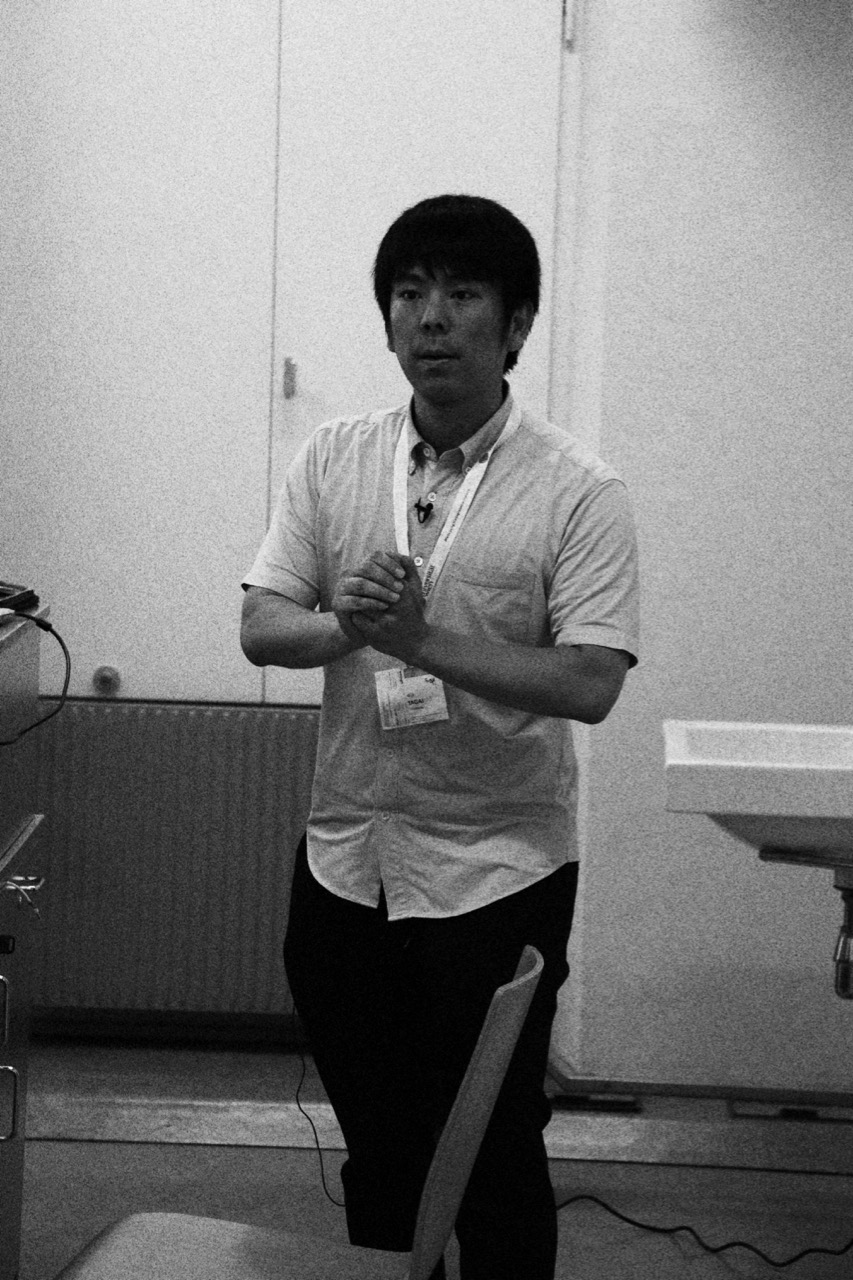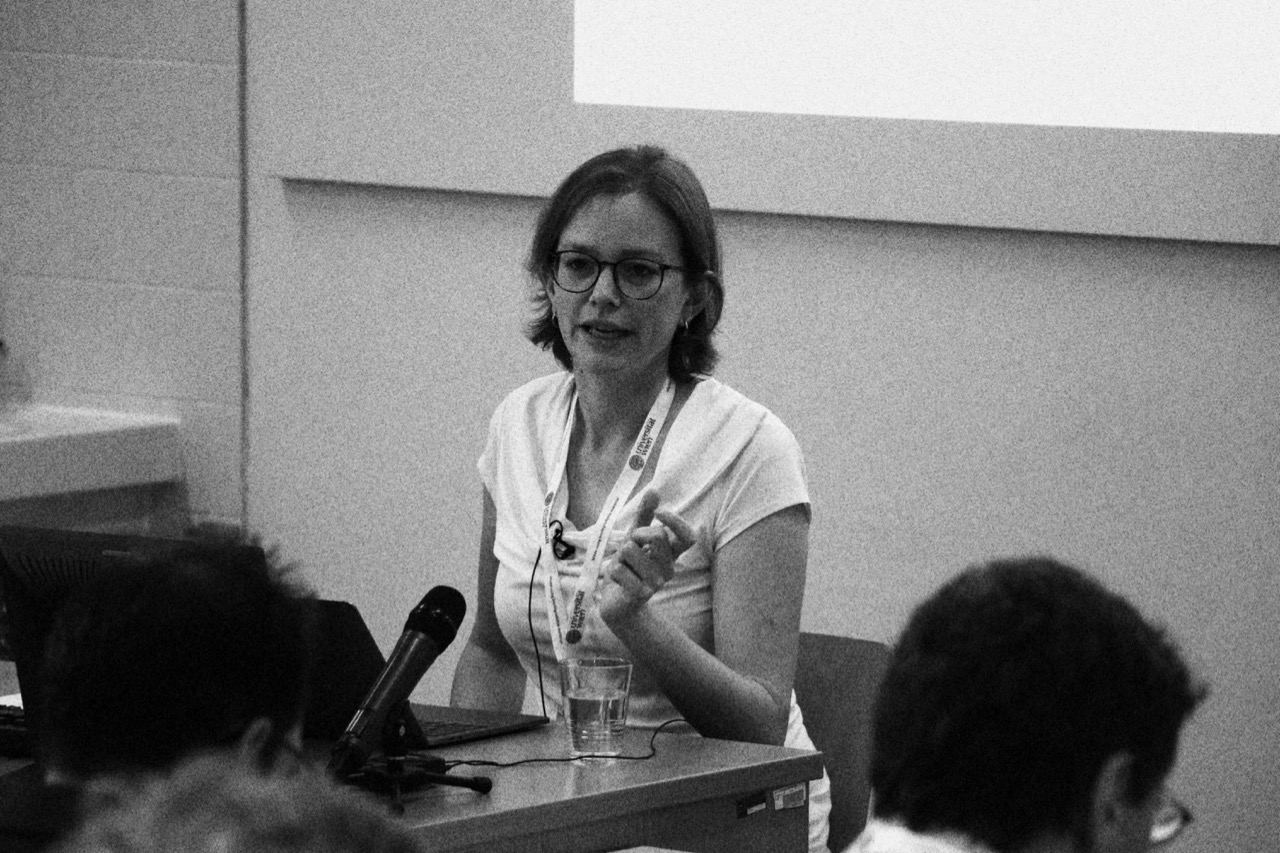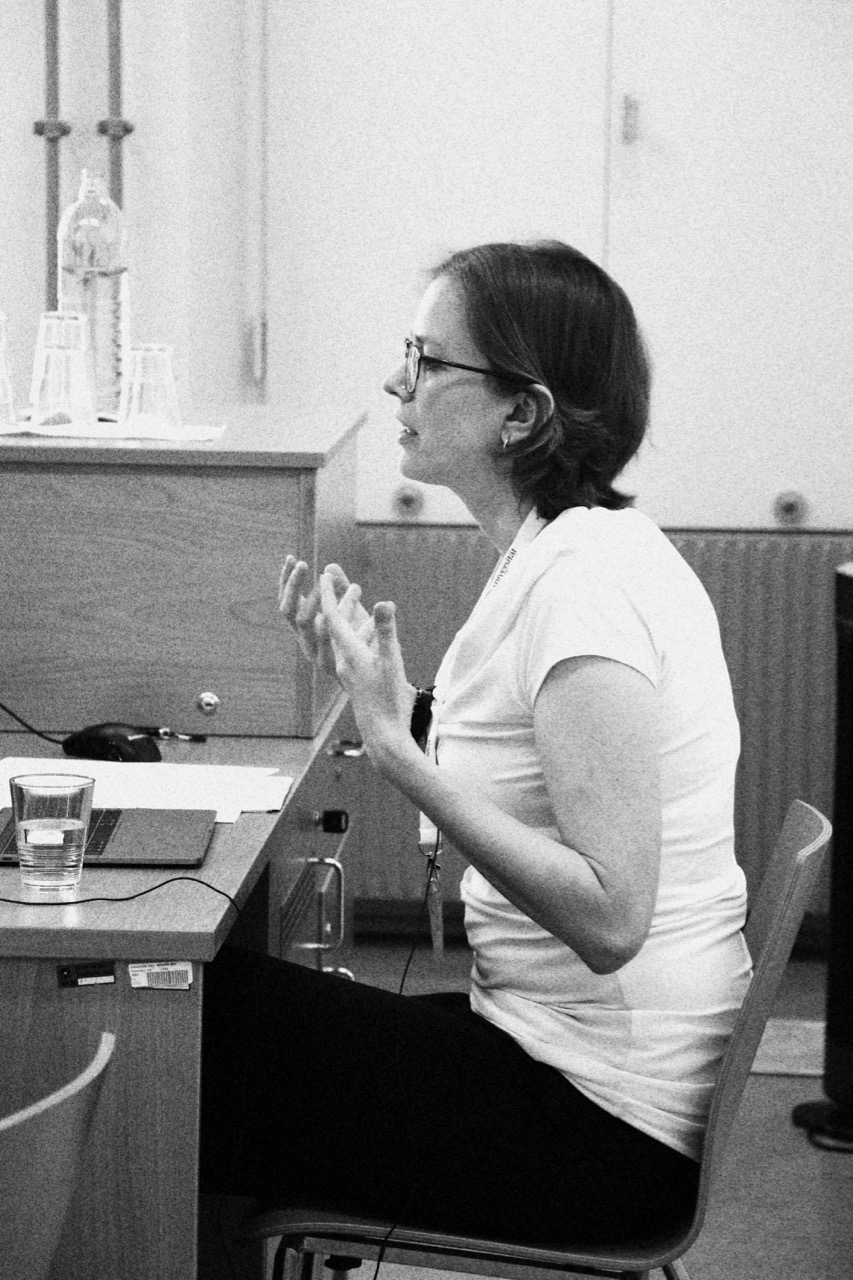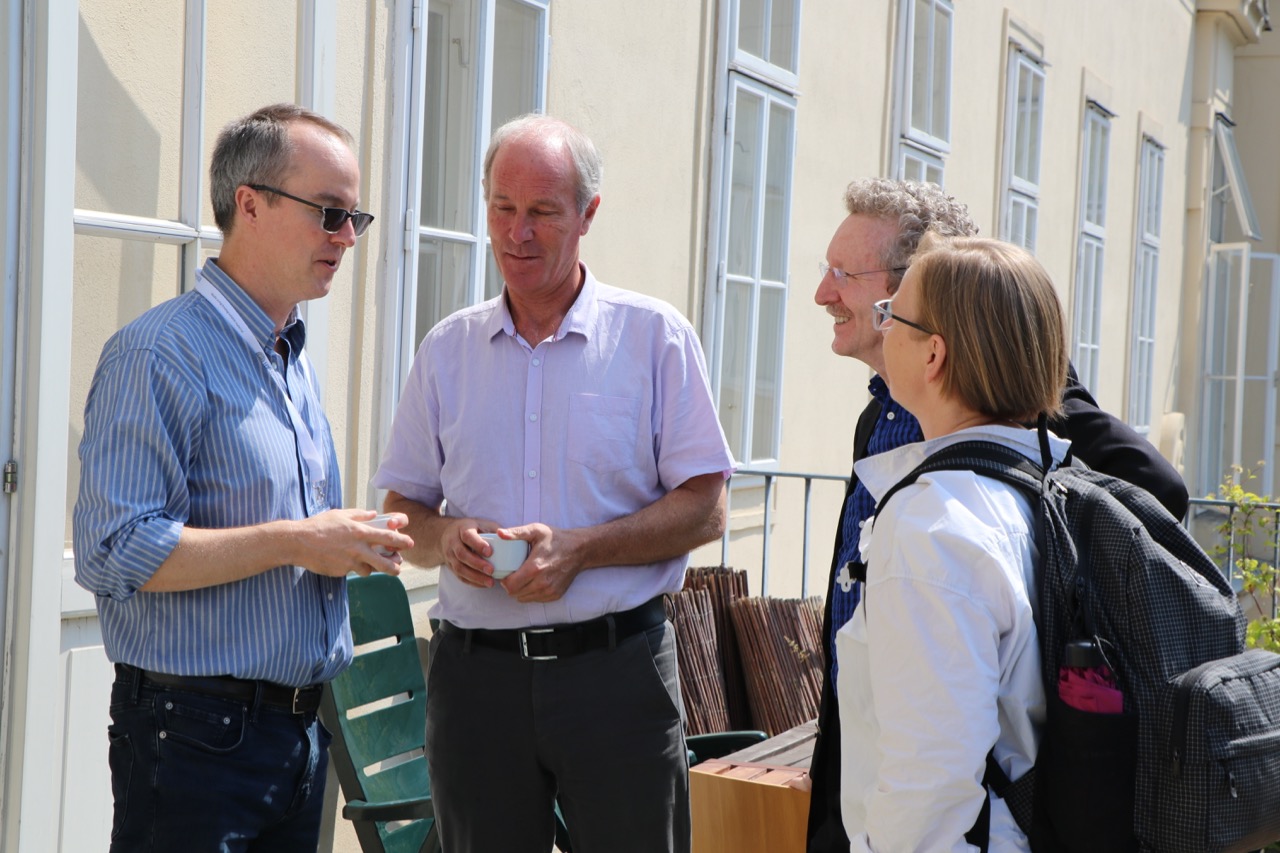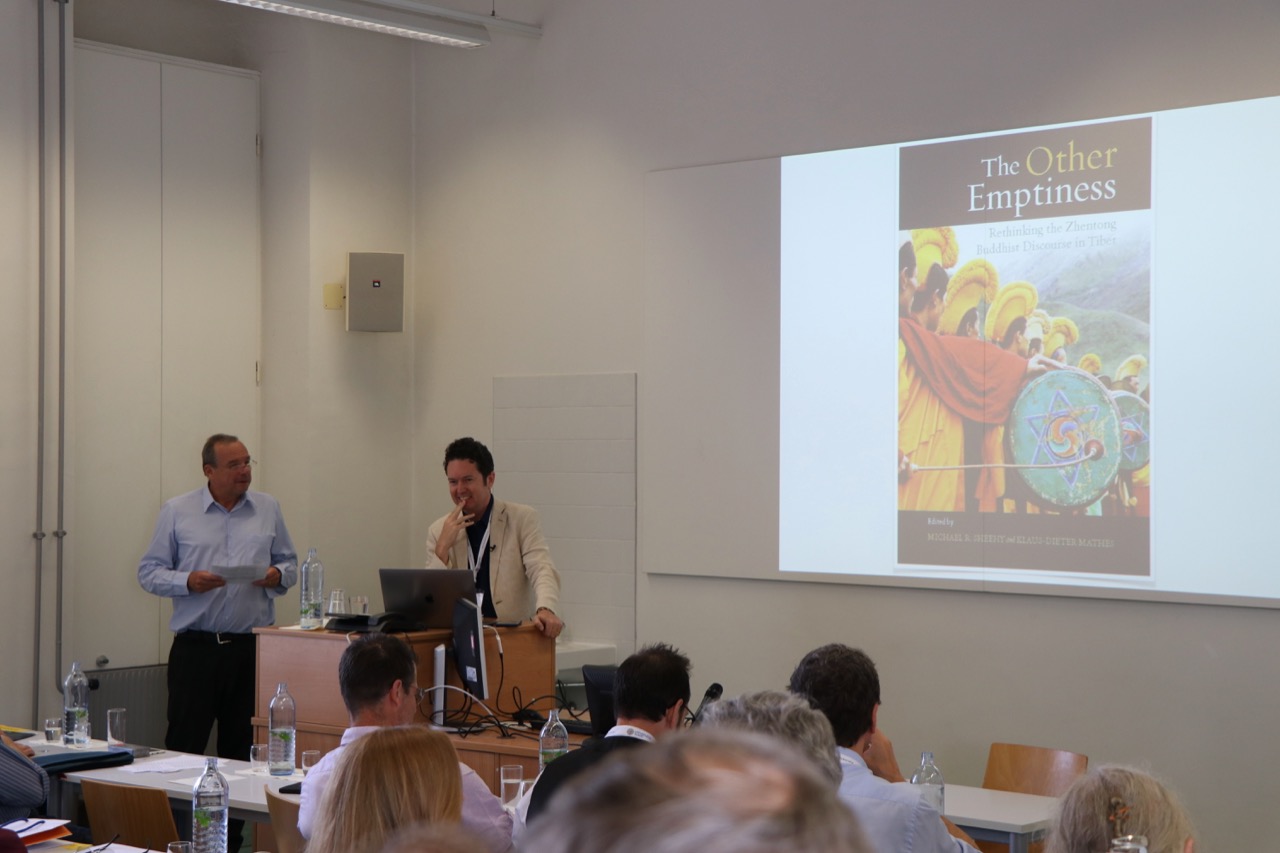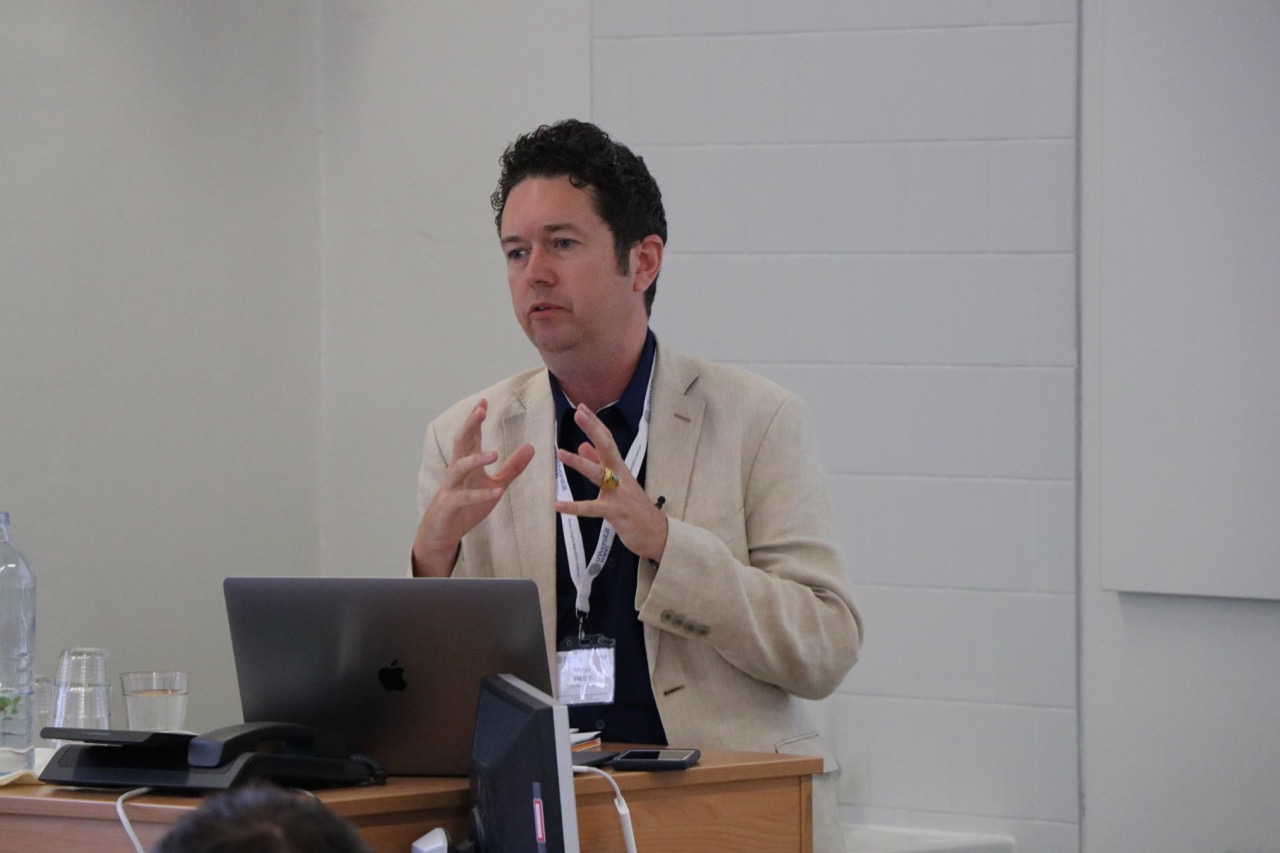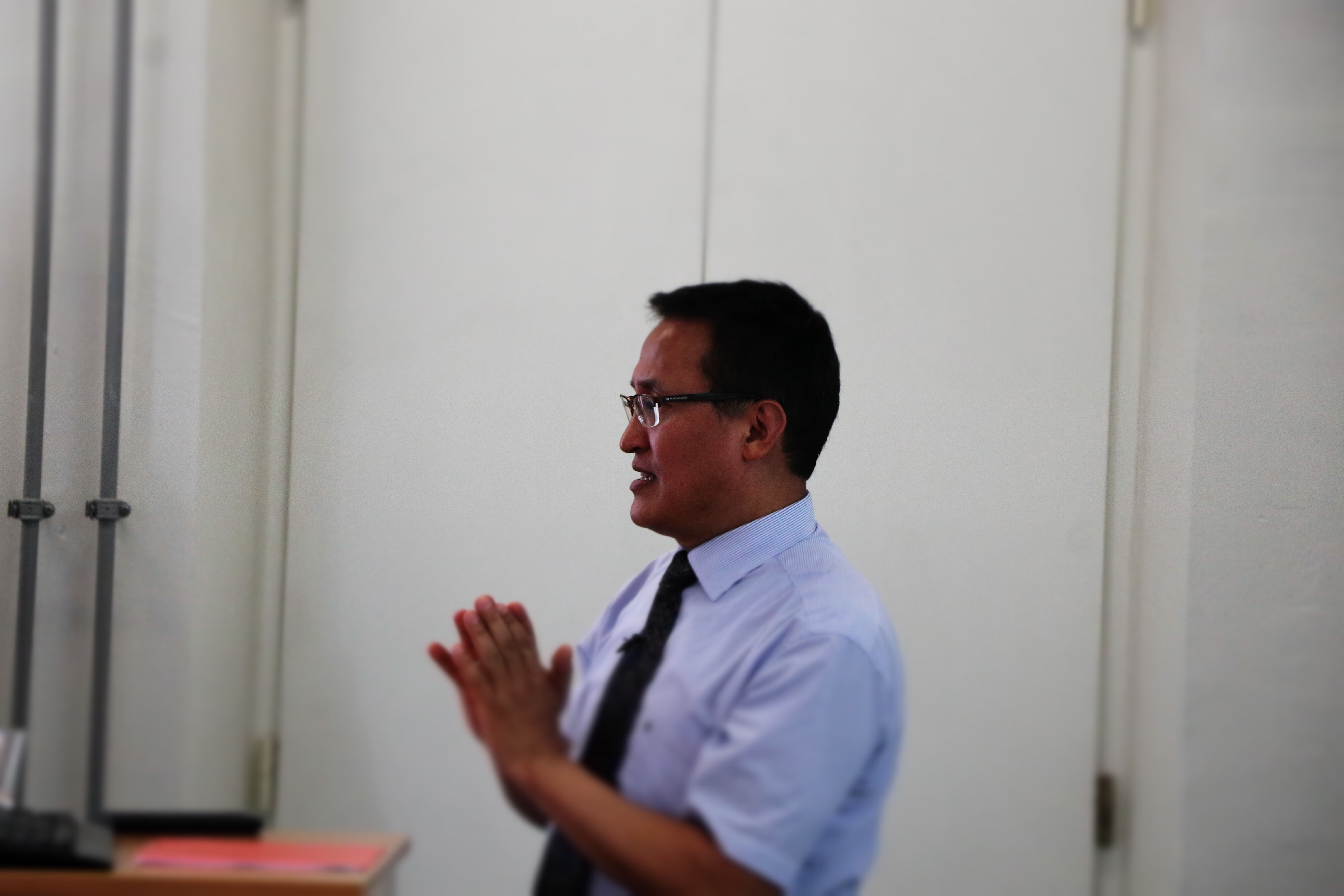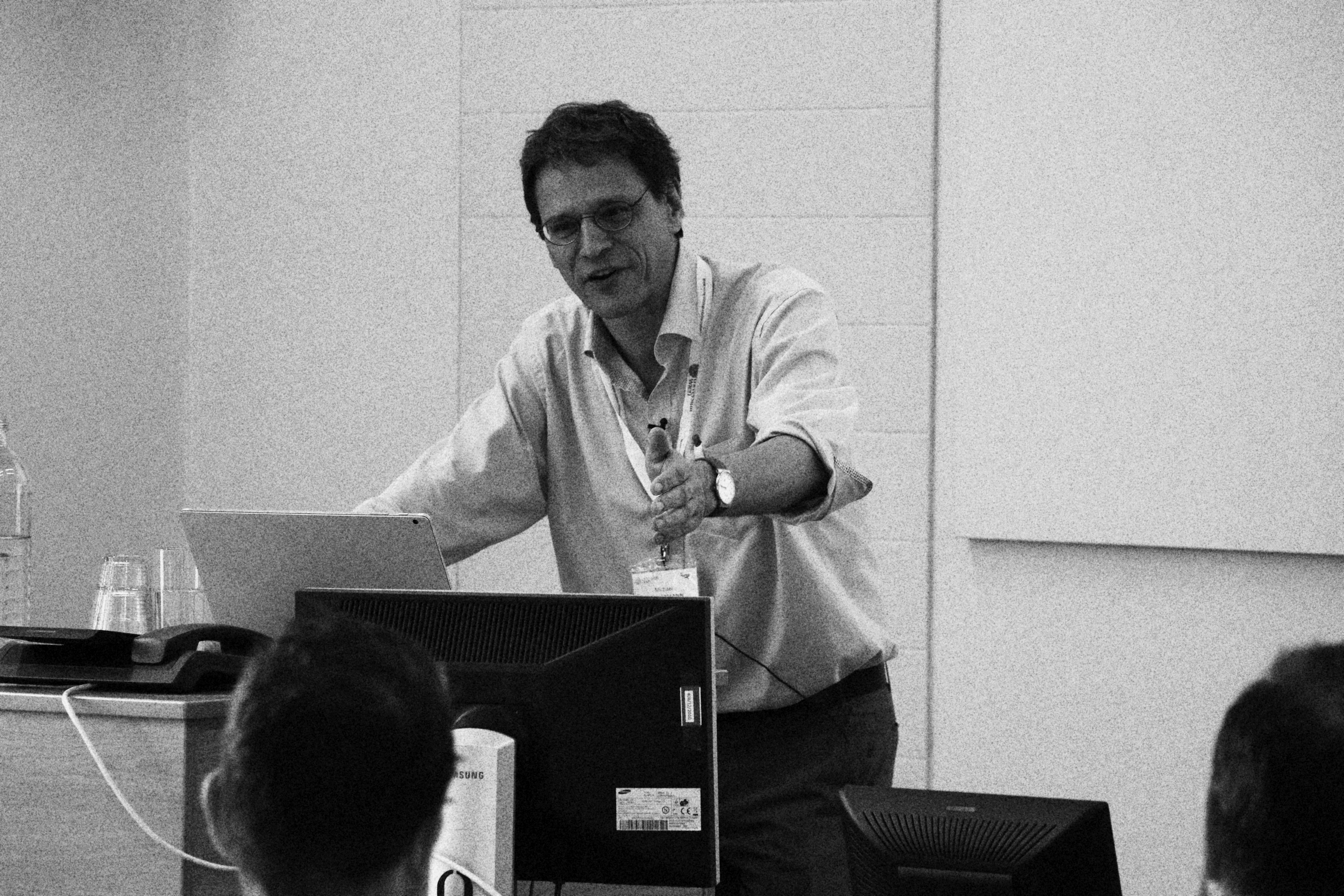Difference between revisions of "Tathāgatagarbha Across Asia"
((by SublimeText.Mediawiker)) |
((by SublimeText.Mediawiker)) |
||
| Line 4: | Line 4: | ||
|image=File:Vienna-Symposium-Main-Banner.jpg | |image=File:Vienna-Symposium-Main-Banner.jpg | ||
|imageattop=true | |imageattop=true | ||
| − | | | + | |Description=<center>The Reception of an Influential Mahāyāna Doctrine in Central and East Asia<br><br>''Organized by Professor Klaus-Dieter Mathes''<br><small>Department of South Asian, Tibetan and Buddhist Studies, Universität Wien</small></center> |
|jumbocolumns=12 | |jumbocolumns=12 | ||
}} | }} | ||
| Line 37: | Line 37: | ||
|MediaTitle=Keynote Speech with Donald S. Lopez, Jr. | |MediaTitle=Keynote Speech with Donald S. Lopez, Jr. | ||
|MediaLink=Media/Donald S. Lopez, Jr. - Keynote of the 2019 Tathāgatagarbha Symposium | |MediaLink=Media/Donald S. Lopez, Jr. - Keynote of the 2019 Tathāgatagarbha Symposium | ||
| − | | | + | |Description=Tathāgatagarbha: A Brief History |
}} | }} | ||
{{ViennaSession | {{ViennaSession | ||
| Line 45: | Line 45: | ||
|MediaTitle=Day 1 Session 1a - Klaus-Dieter Mathes | |MediaTitle=Day 1 Session 1a - Klaus-Dieter Mathes | ||
|MediaLink=Media/Klaus-Dieter Mathes at the 2019 Tathagatagarbha Symposium | |MediaLink=Media/Klaus-Dieter Mathes at the 2019 Tathagatagarbha Symposium | ||
| − | | | + | |Description=Zhang ston Bsod nams grags pa’s Defense of Dol po pa’s Clear-Cut Distinction between Buddha Nature and the Ground Consciousness |
}} | }} | ||
{{ViennaSession | {{ViennaSession | ||
| Line 53: | Line 53: | ||
|MediaTitle=Day 1 Session 1b - Filippo Brambilla | |MediaTitle=Day 1 Session 1b - Filippo Brambilla | ||
|MediaLink=Media/Filippo Brambilla at the 2019 Tathāgatagarbha Symposium | |MediaLink=Media/Filippo Brambilla at the 2019 Tathāgatagarbha Symposium | ||
| − | | | + | |Description=Empty of True Existence, Yet Full of Qualities. Tshogs gnyis rgya mtsho (1880–1940) on Buddha Nature. |
| + | }} | ||
| + | {{ViennaSession | ||
| + | |Header=Day 1 Session 2a | ||
| + | |SpeakerPage= | ||
| + | |YouTubeID= | ||
| + | |MediaTitle= | ||
| + | |MediaLink= | ||
| + | |Description= | ||
}} | }} | ||
</div> | </div> | ||
Revision as of 11:10, 26 September 2019
The 2019 Vienna Symposium
Tathāgatagarbha doctrine and the concept of buddha-nature continue to be of interest to academics, traditional scholars, and practitioners of Buddhism around the world, and a recent series of books, articles, and meetings have brought new energy and interesting information to light that requires continued discussion and analysis. To that end, Tsadra Foundation partners with the University of Vienna to host a symposium on the topic.
The tathāgatagarbha doctrine, which proposes that all sentient beings are already a “buddha within,” or at least have the potential to attain buddhahood, was first largely ignored in Indian scholastic Buddhism, but increasingly attracted the attention of Mahāyāna scholars and became an important, if sometimes controversial, current of Buddhist thought throughout Central and East Asia. With the Mahāyāna goal of establishing all sentient beings in buddhahood, the possibility of enlightenment became a Buddhist axiom of central importance. Either one has to explain the causal process of buddhahood’s production, or accept its primordial existence, for example in terms of a buddha nature (tathāgatagarbha). The latter also applies, of course, when buddhahood is not taken to be produced from scratch. The way the process of becoming a buddha is addressed is an ideal touchstone for systematically comparing the philosophical hermeneutical positions of various masters in Central and East Asia. The diversity of views on buddha-nature has its roots already in early Indian Buddhism; depending on whether one follows the original intent of the Tathāgatagarbhasūtras, or the Yogācāra interpretation of the latter, buddha-nature can refer to either an already fully developed buddha, or the naturally present potential (prakṛtisthāgotra) or natural luminosity of mind, i.e., sentient beings’ ability to become buddhas. In Madhyamaka, buddha-nature was taken either as a teaching of provisional meaning (neyārtha) or simply a synonym of emptiness (i.e., a non-affirming negation).
This symposium will look at the differing forms tathāgatagarbha doctrine assumed as its primary Indian scriptural sources were translated and transmitted throughout Central and East Asia and variously interpreted by religious schools in line with their key philosophical positions. The contributions range from the historical-philological analysis of the primary sources to issues of reconstruction and comparison in the target languages and cultures with particular attention to the role the tathāgatagarbha doctrine played in the development of Buddhist philosophical and religious views in India and beyond.
The Symposium Sessions
Template:ViennaSession Template:ViennaSession Template:ViennaSession Template:ViennaSession Template:ViennaSession
